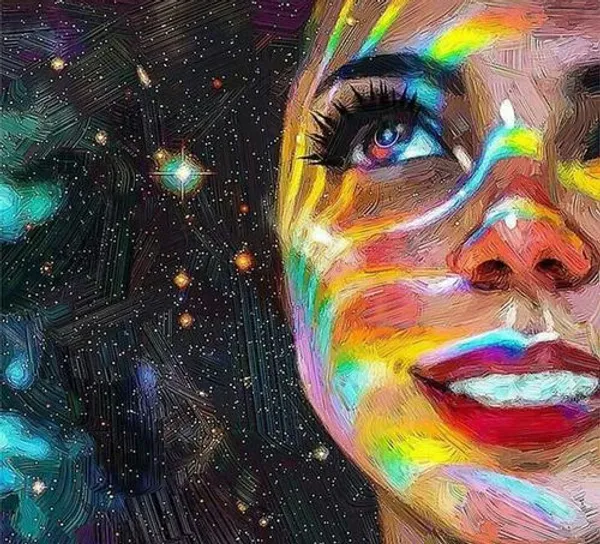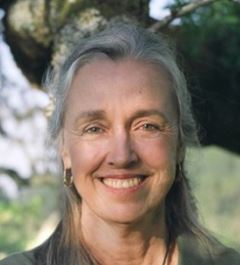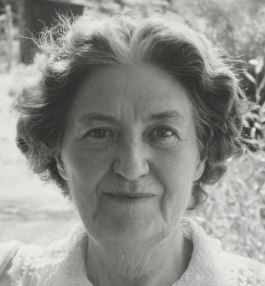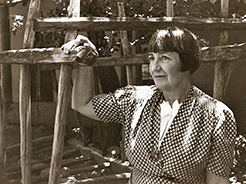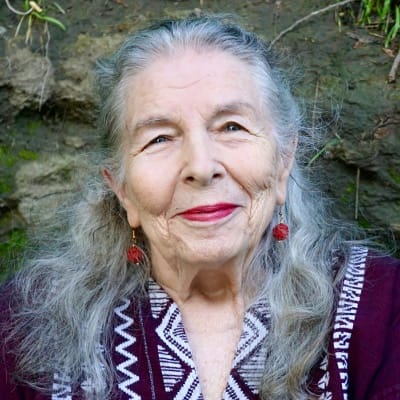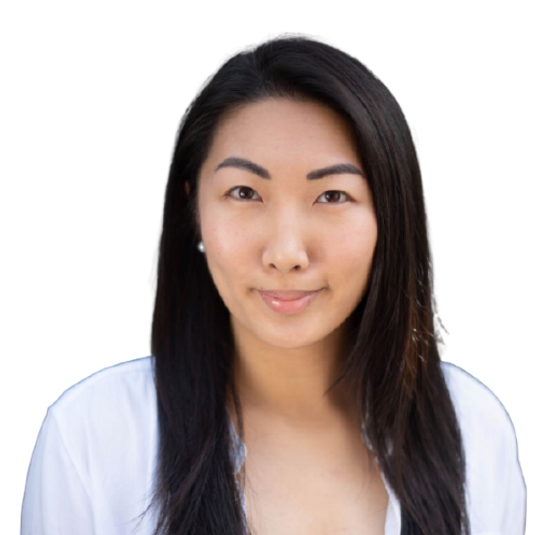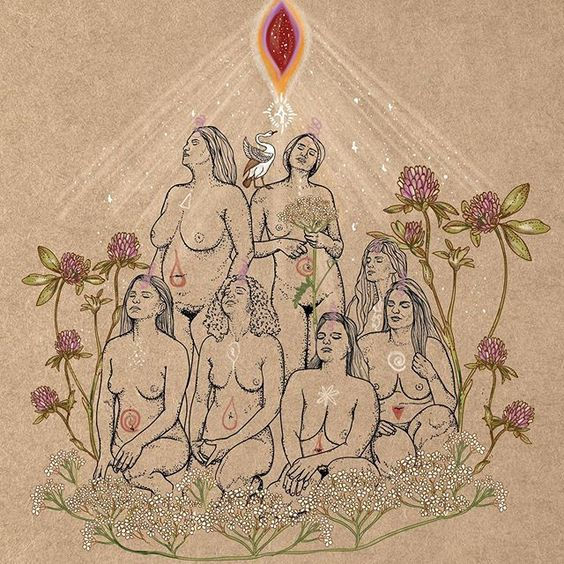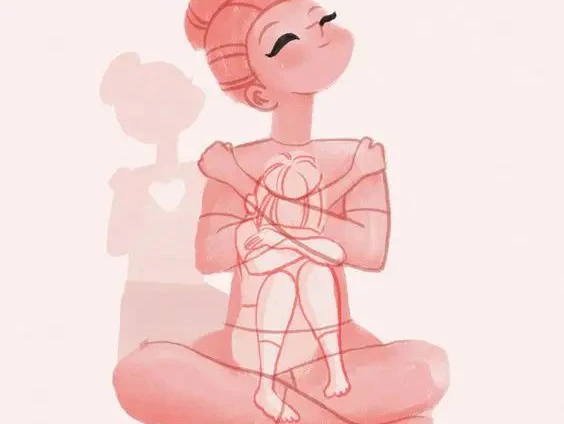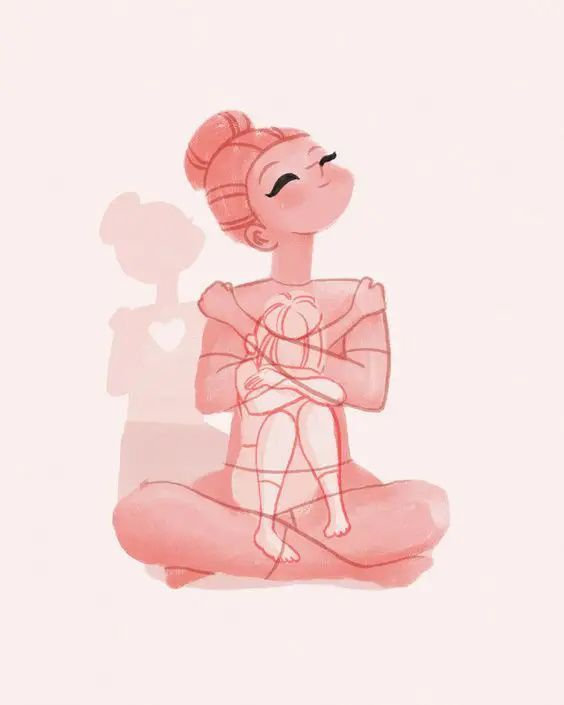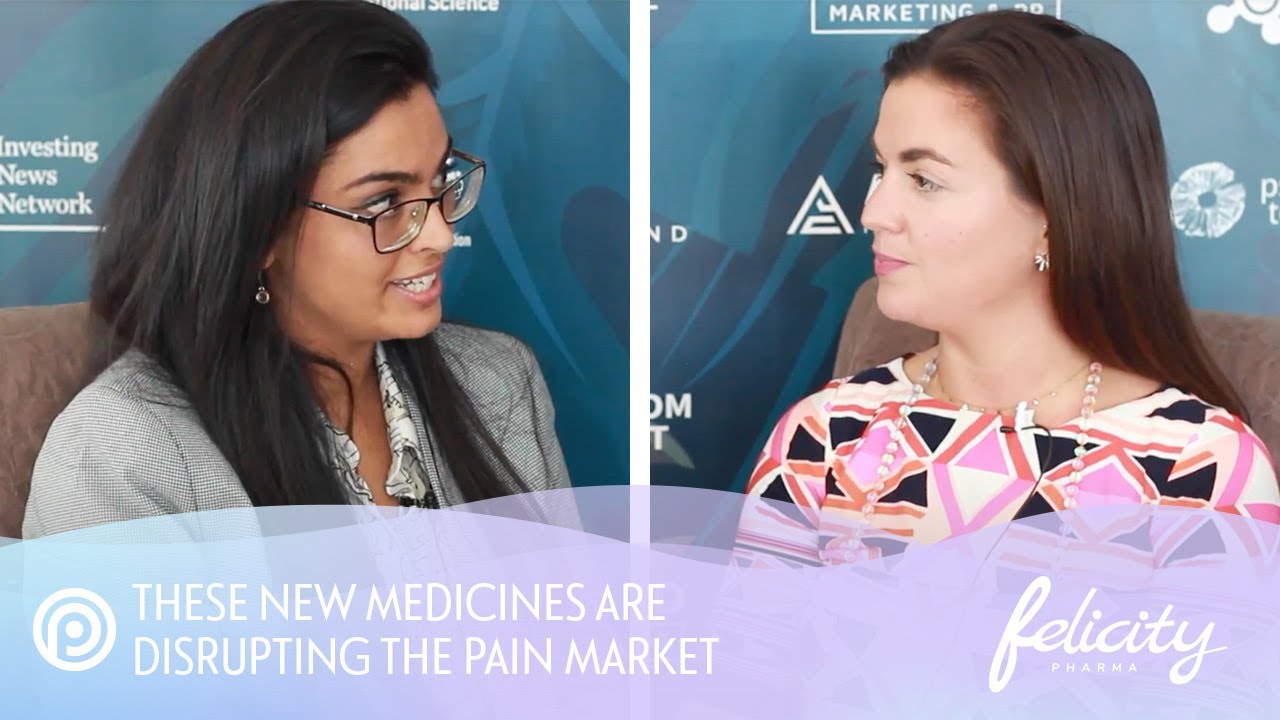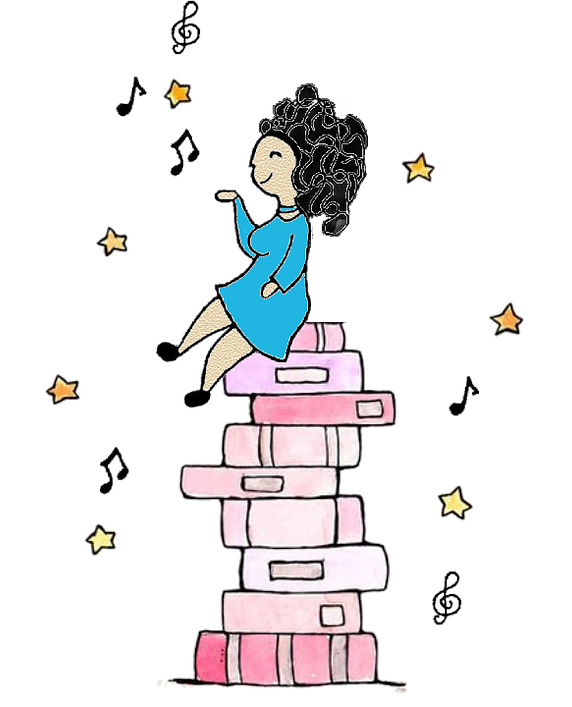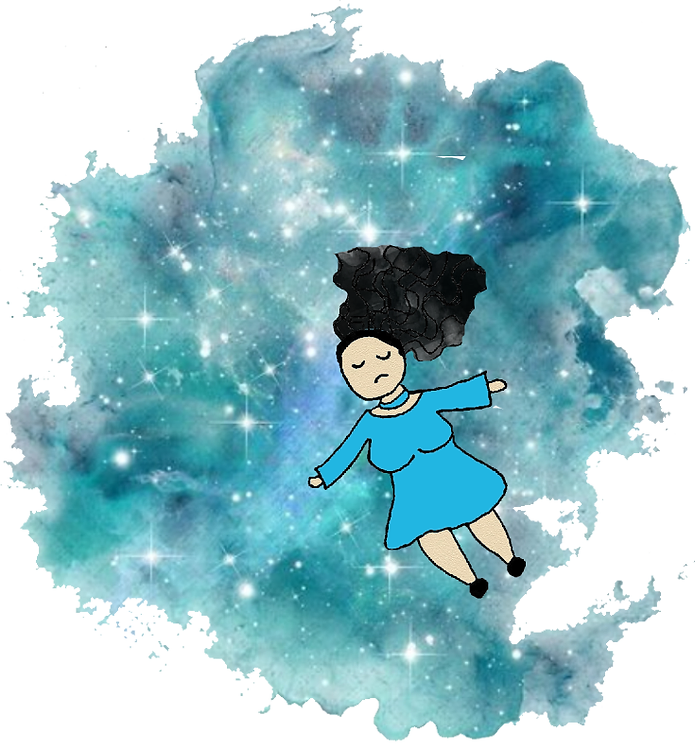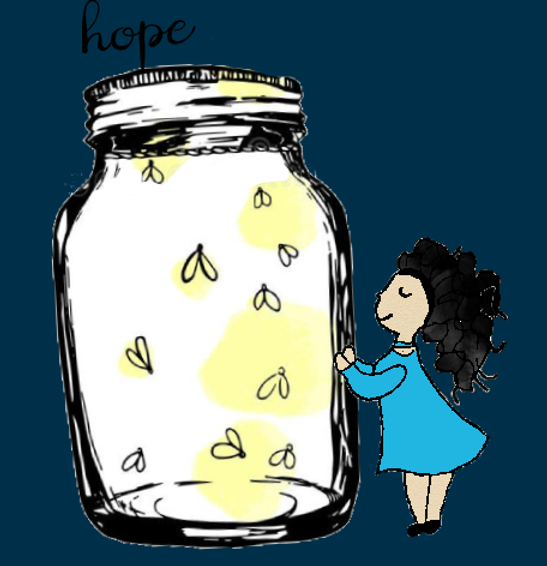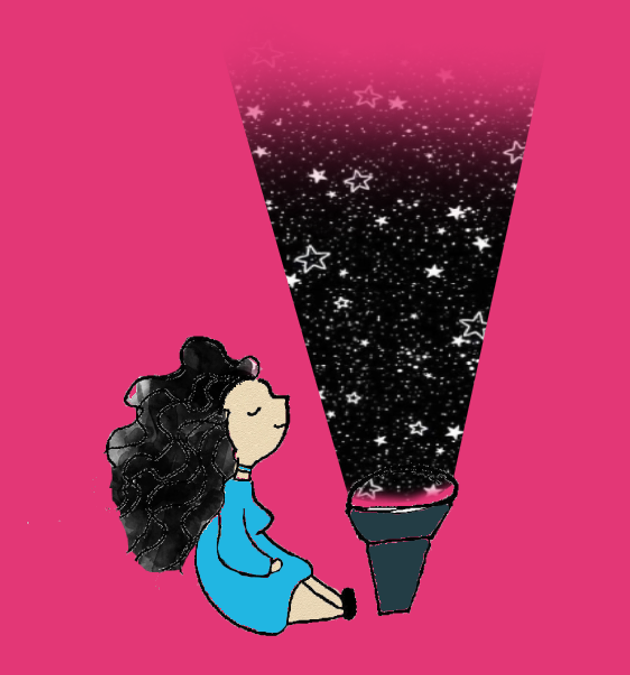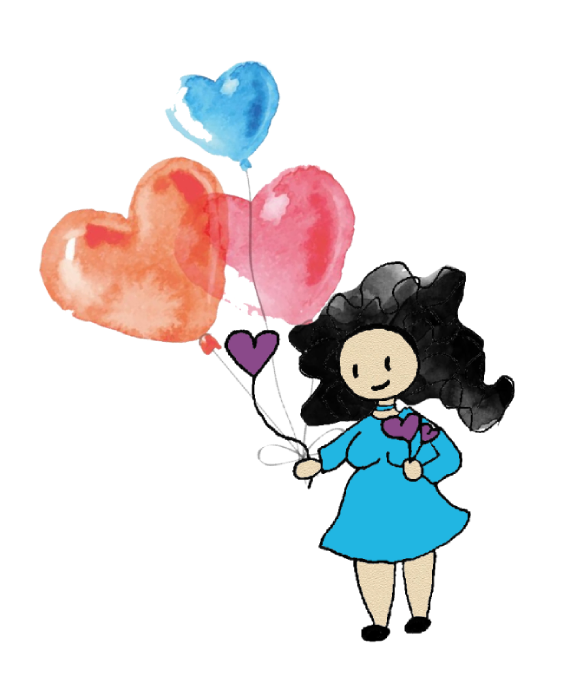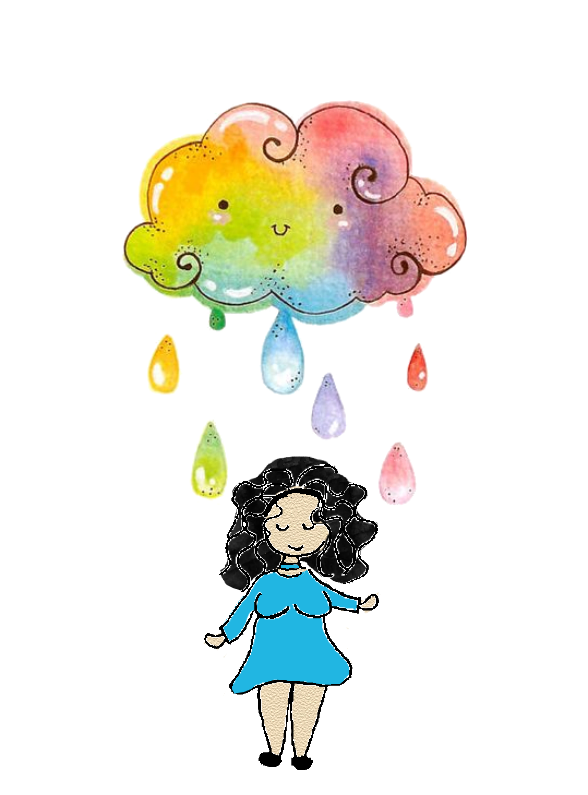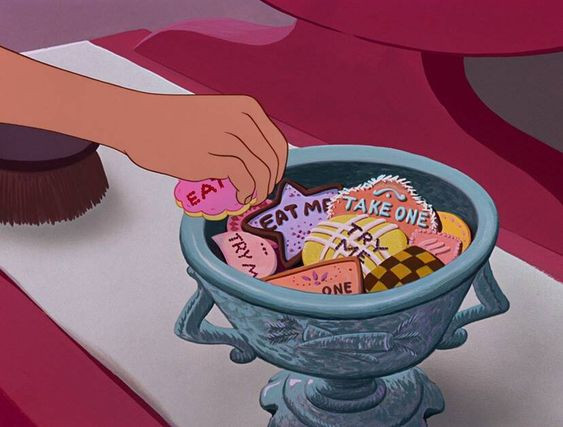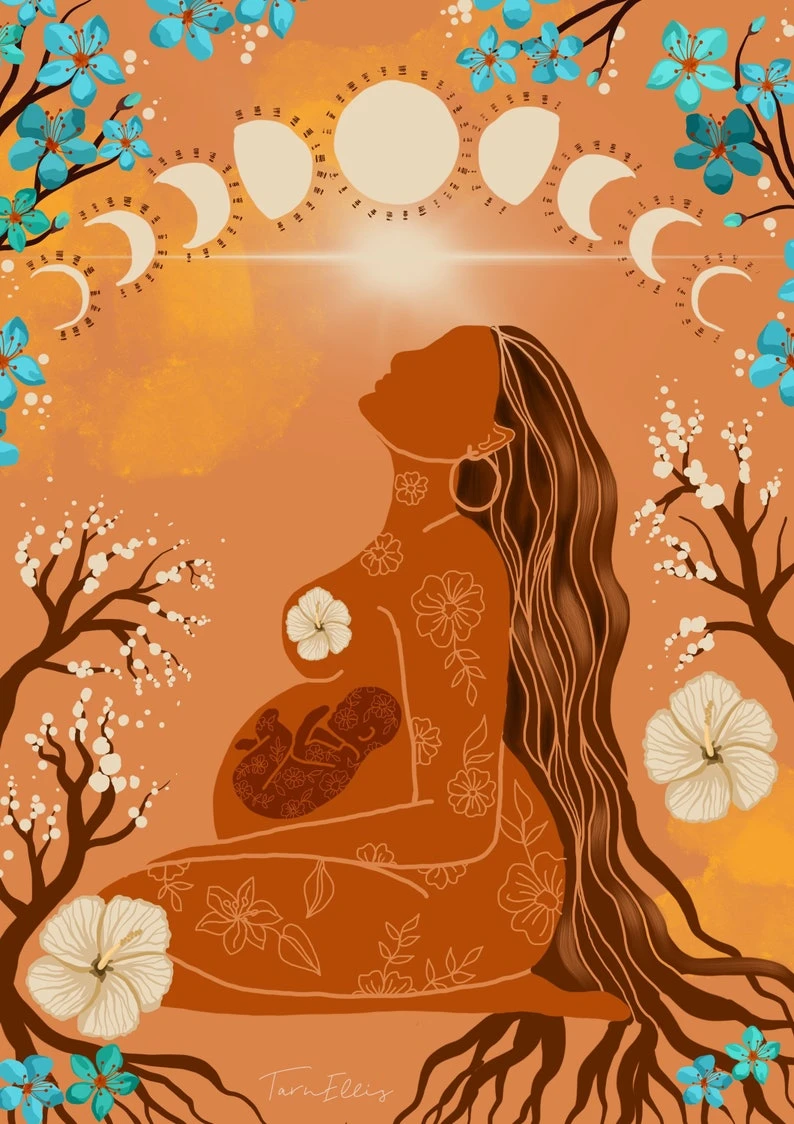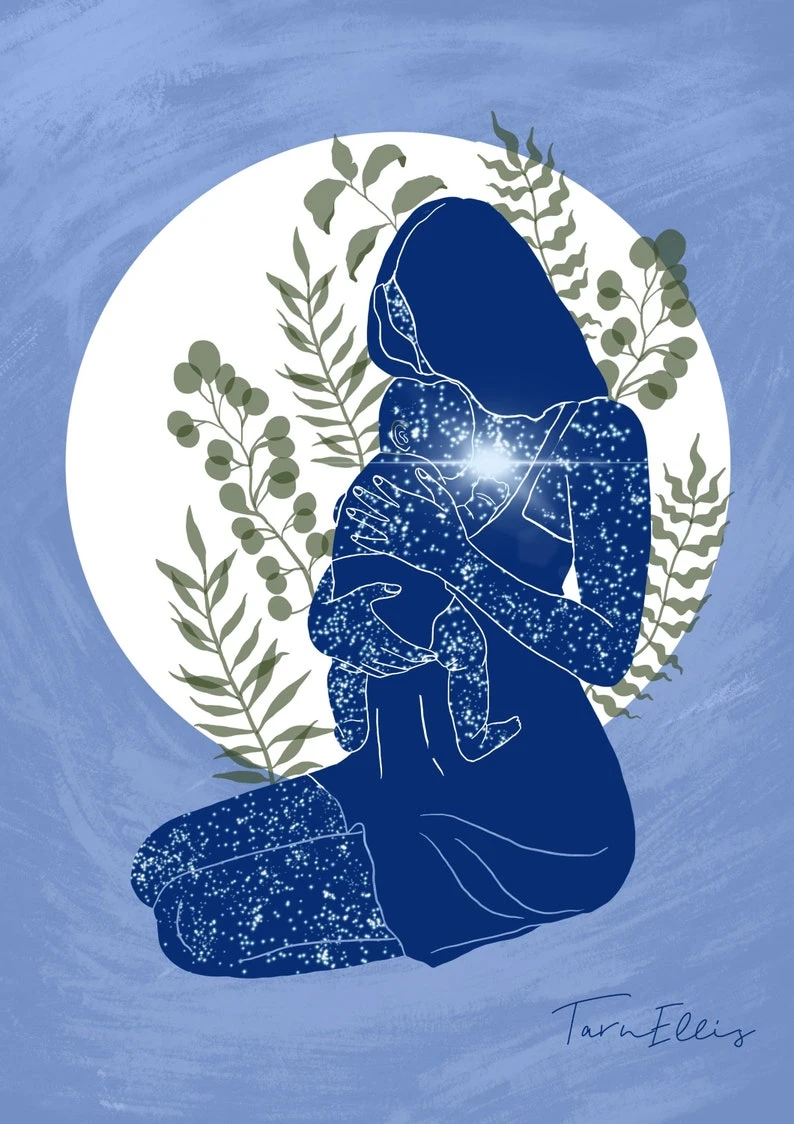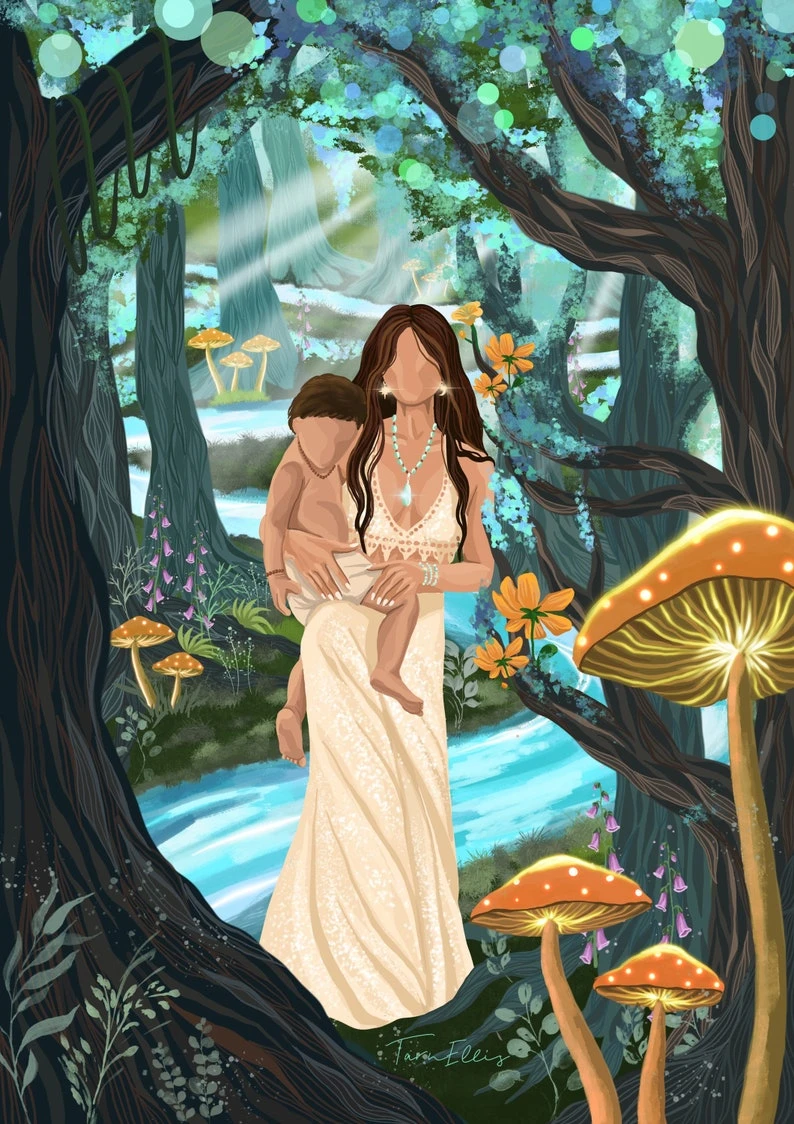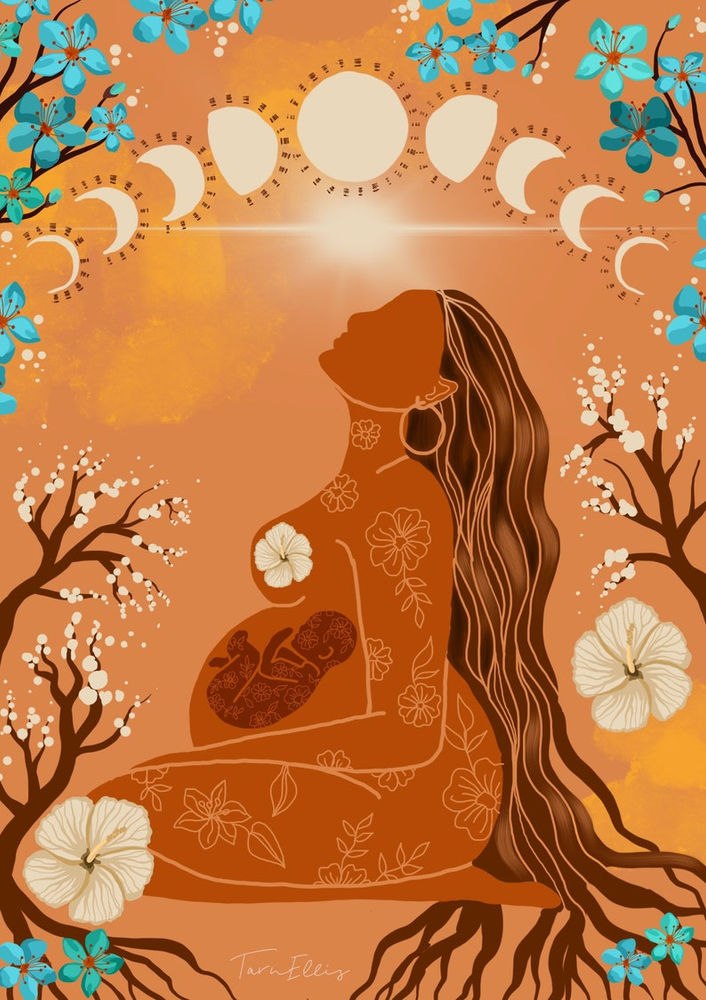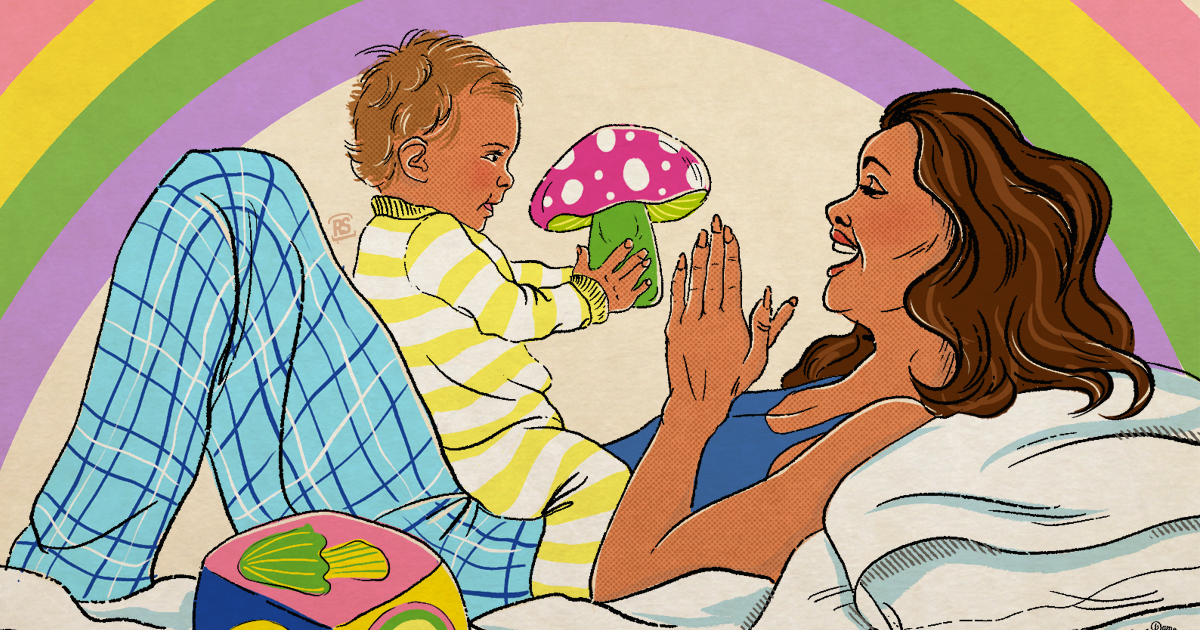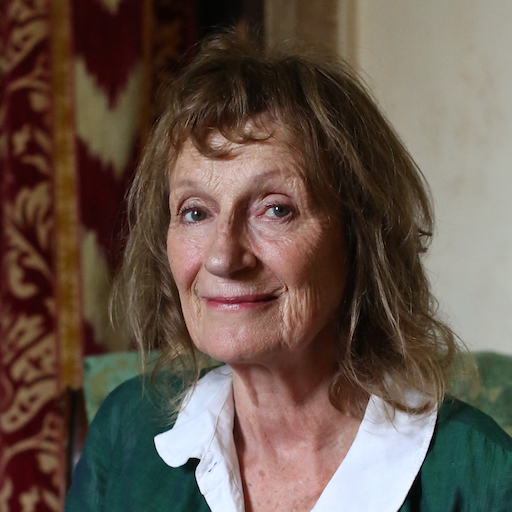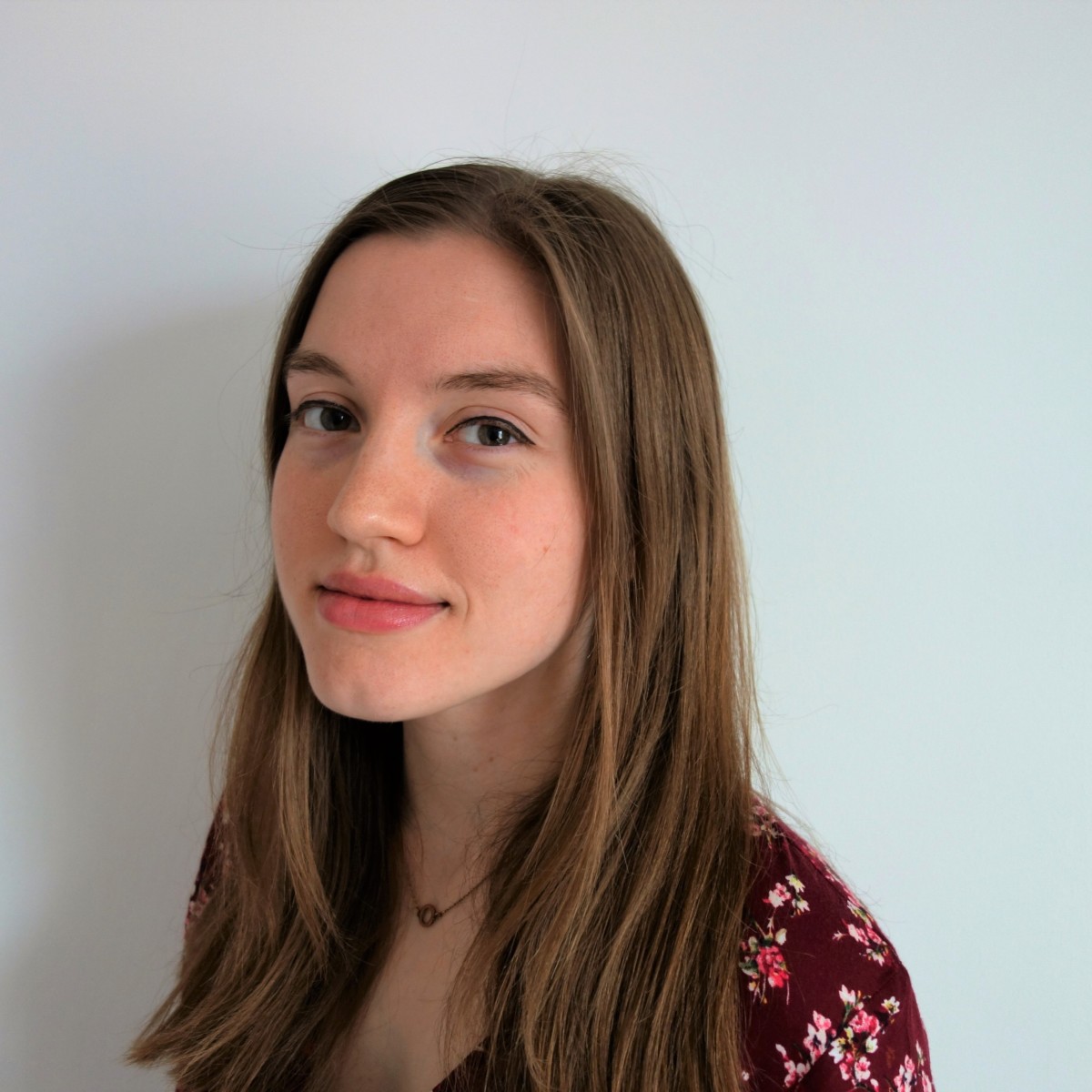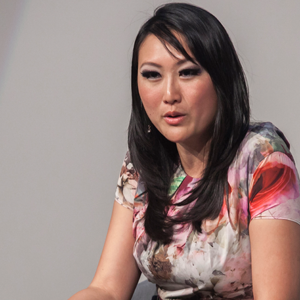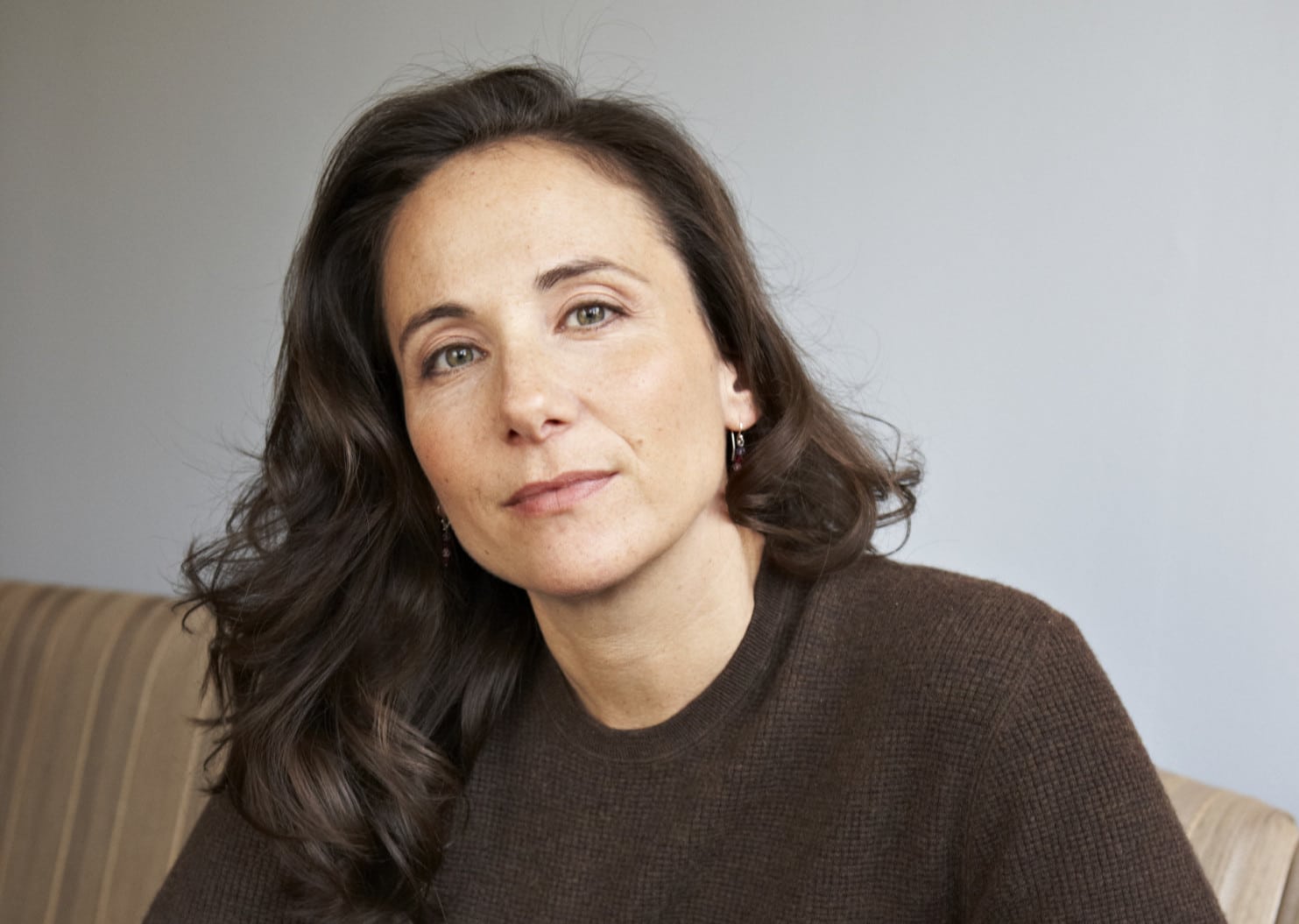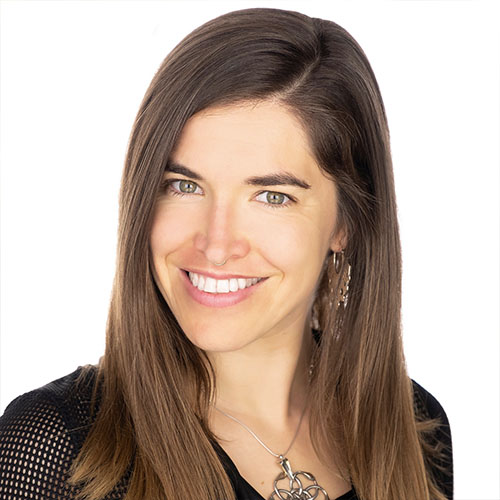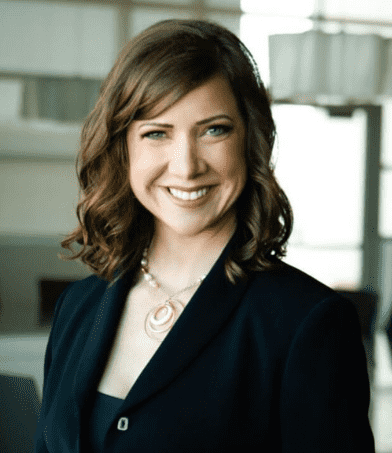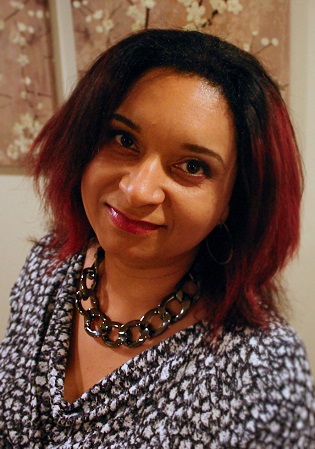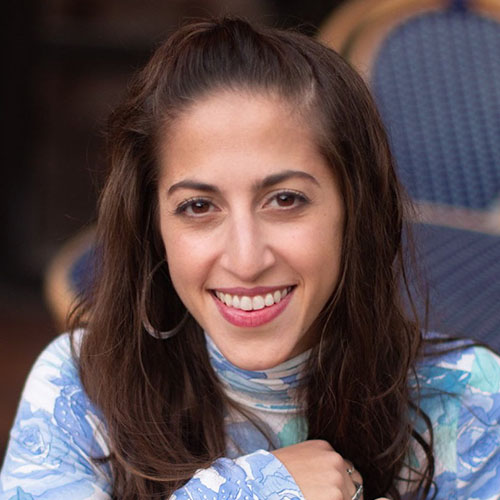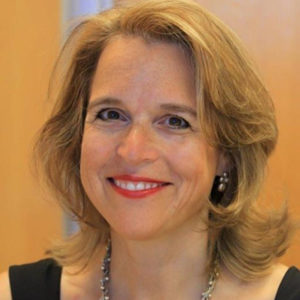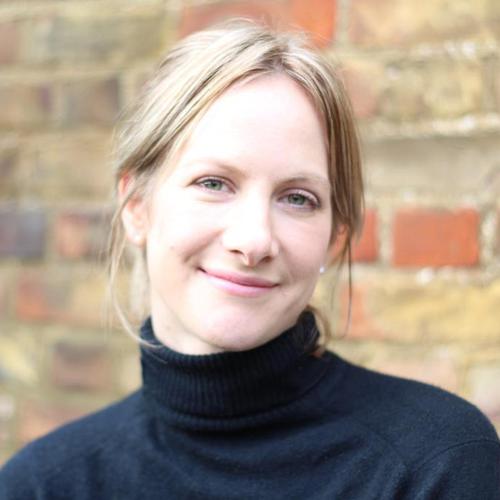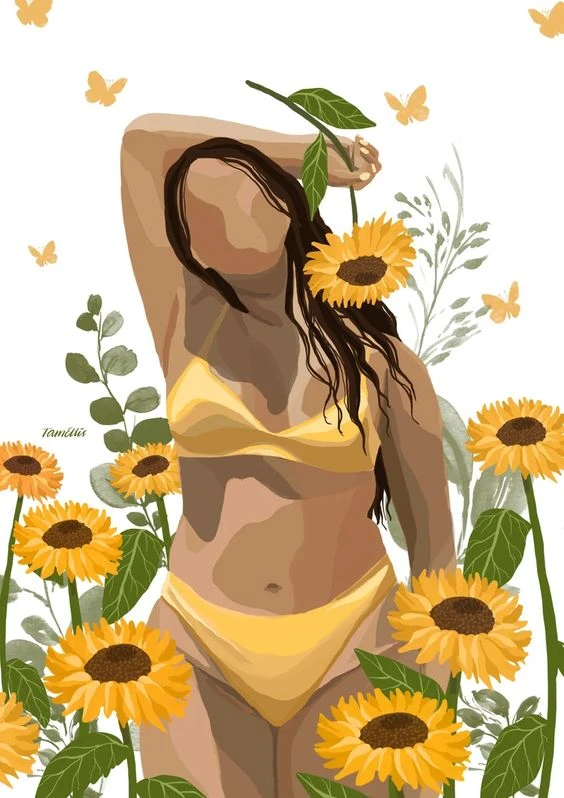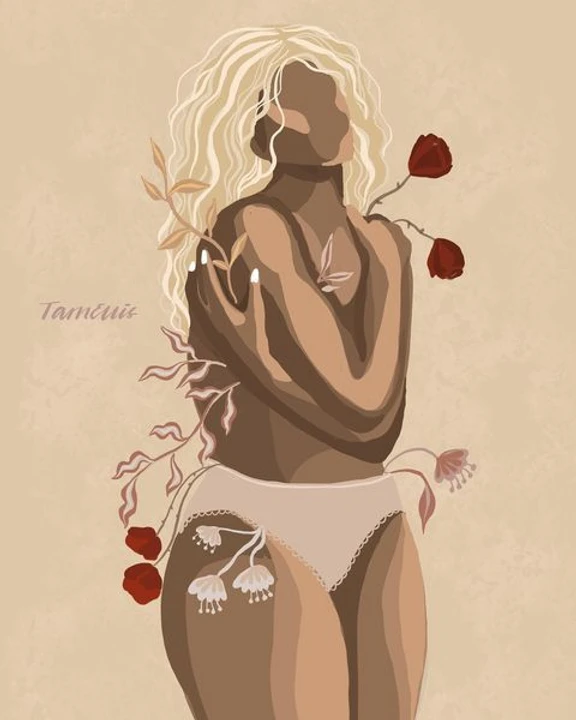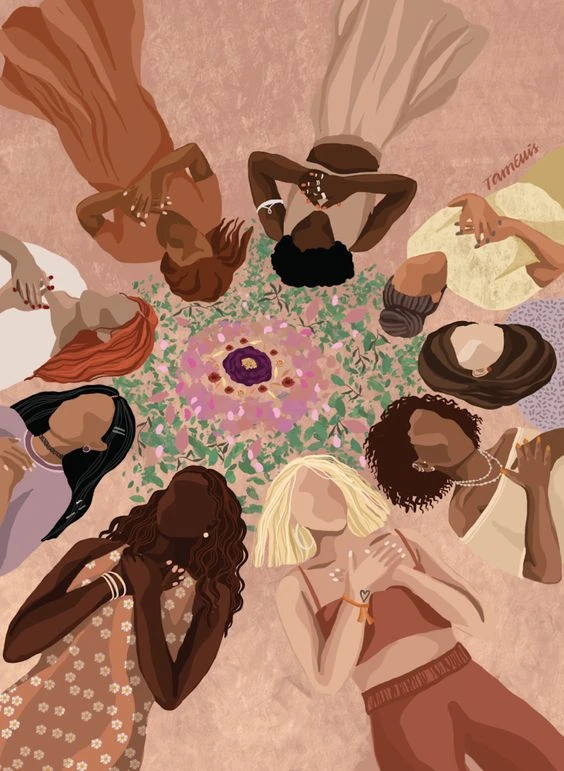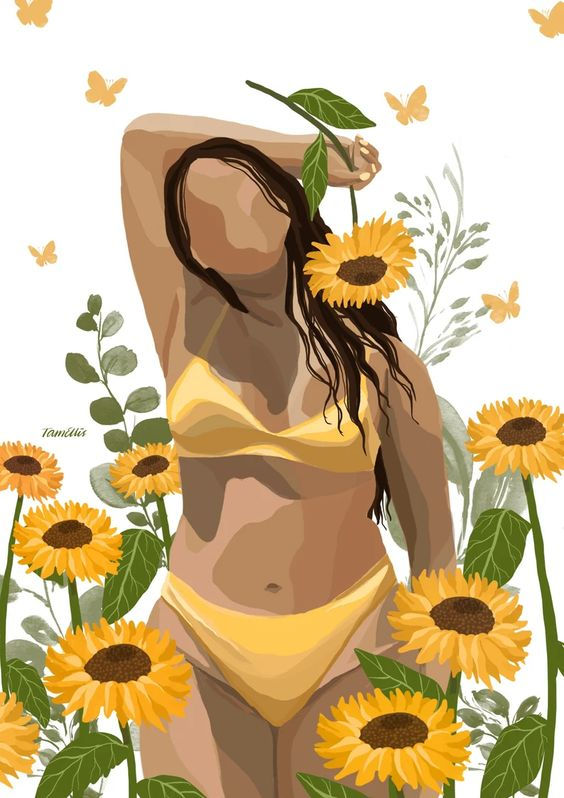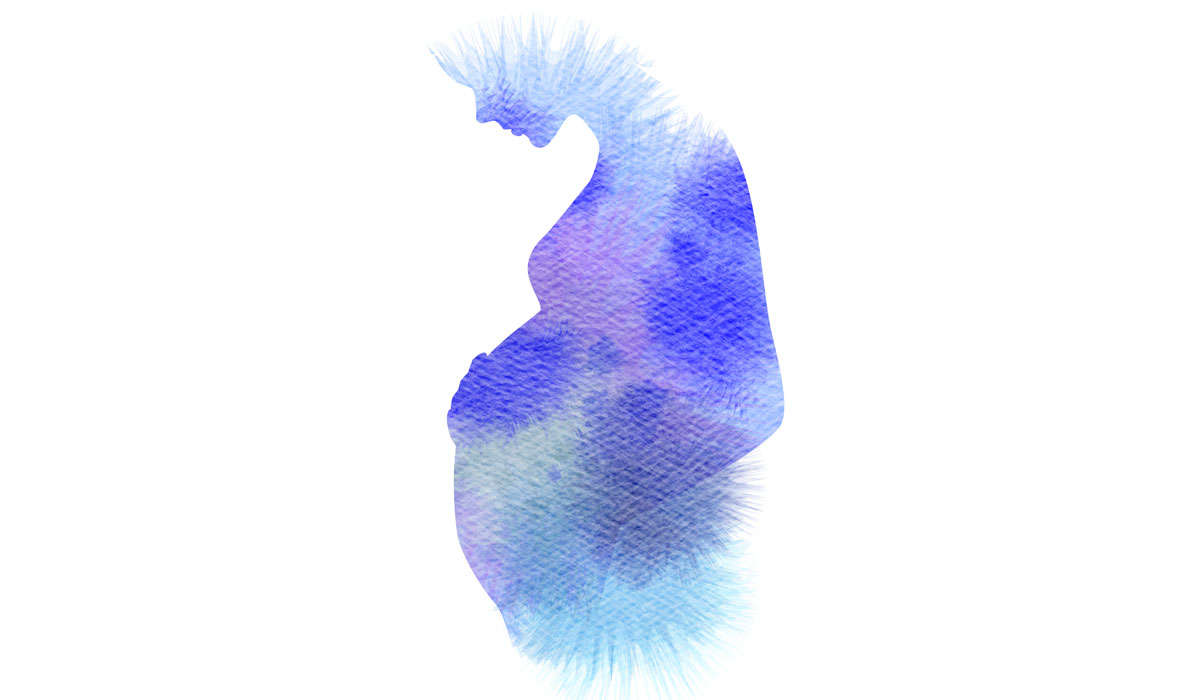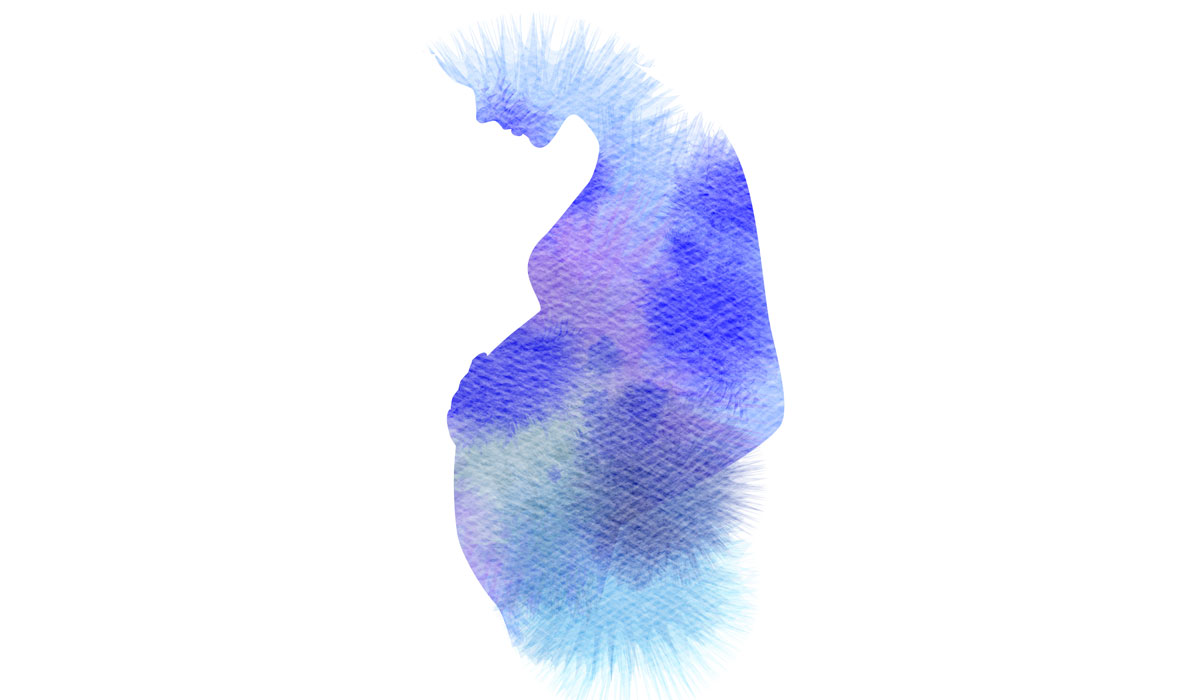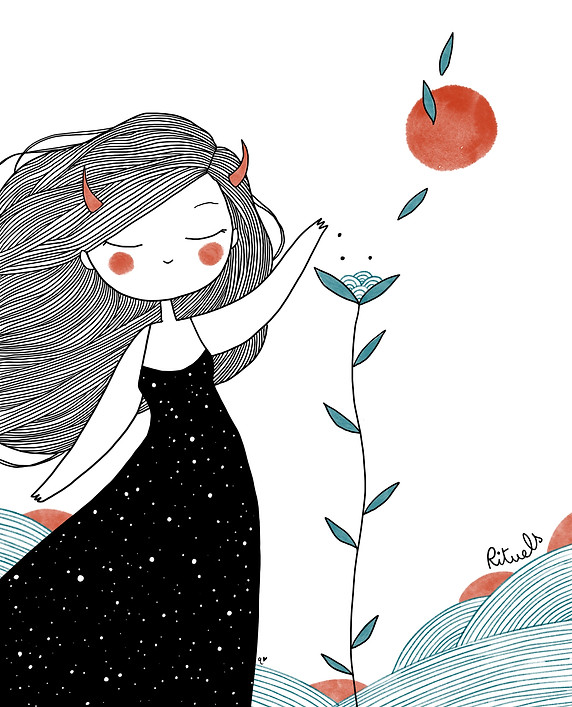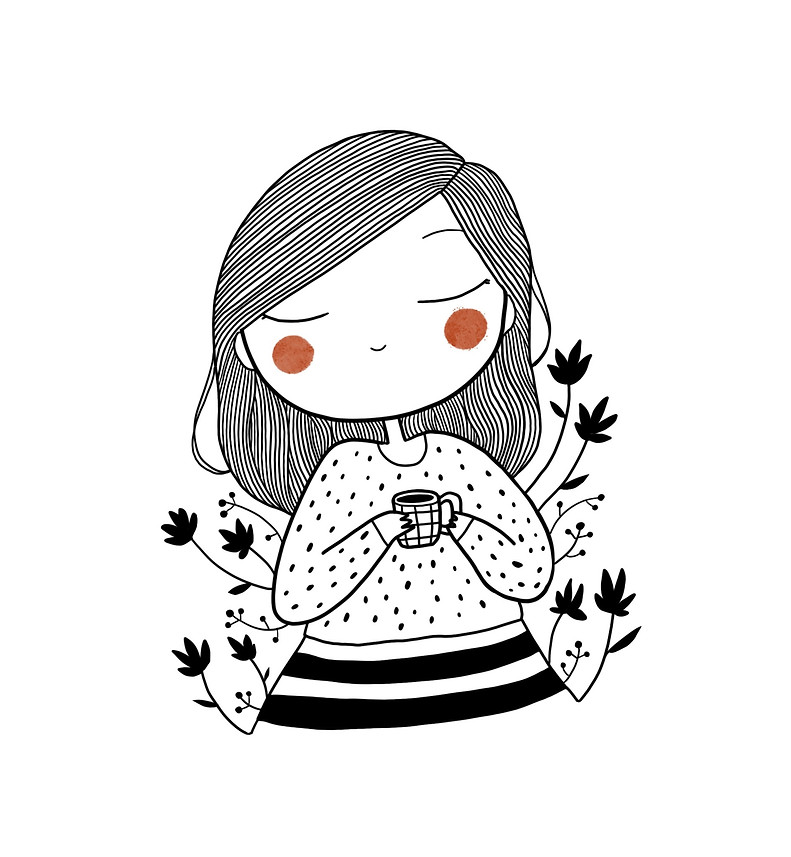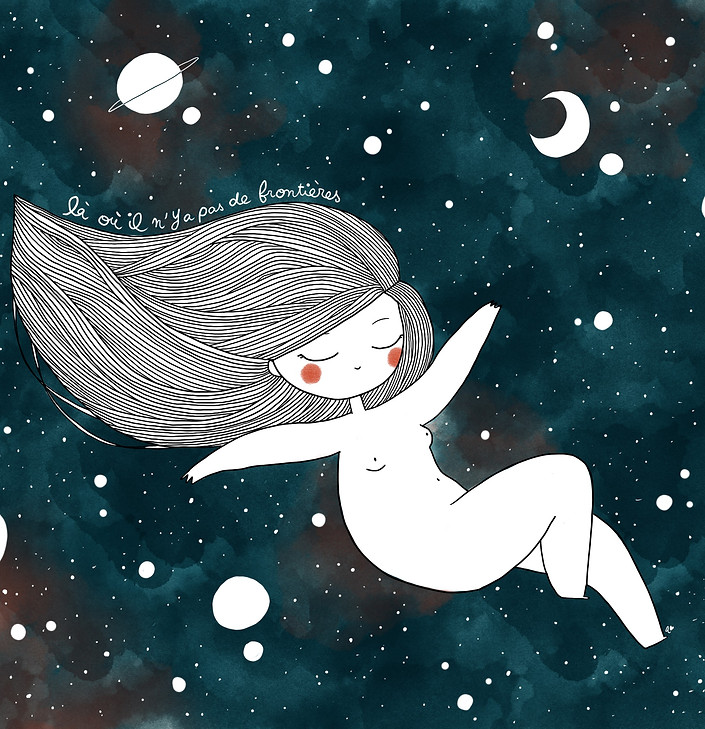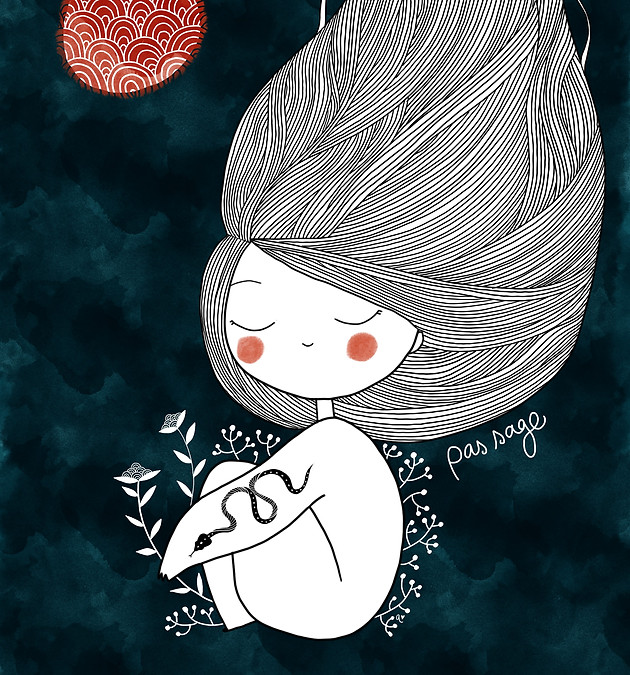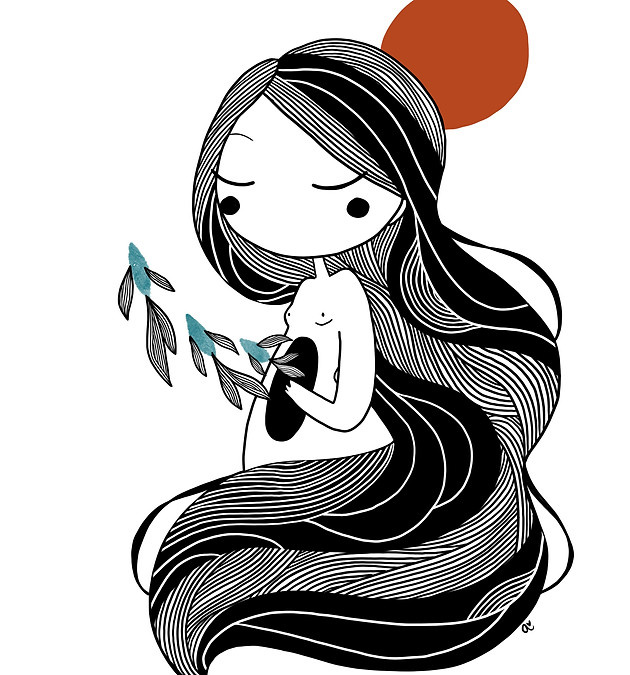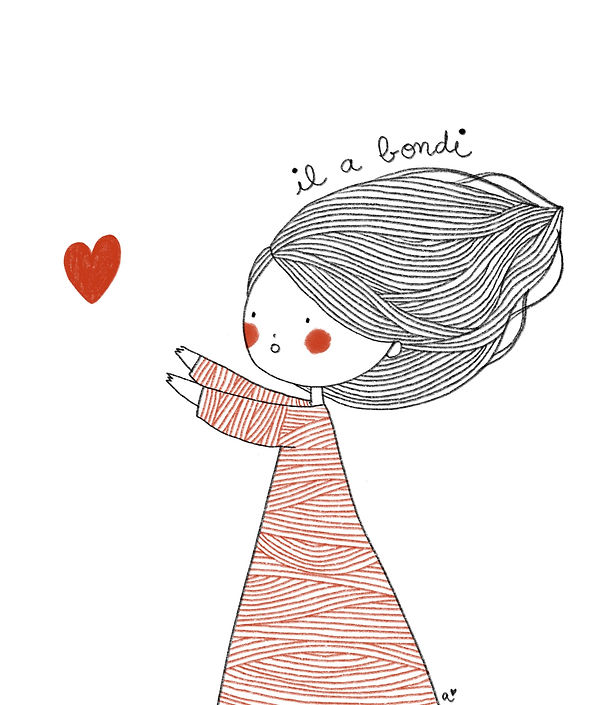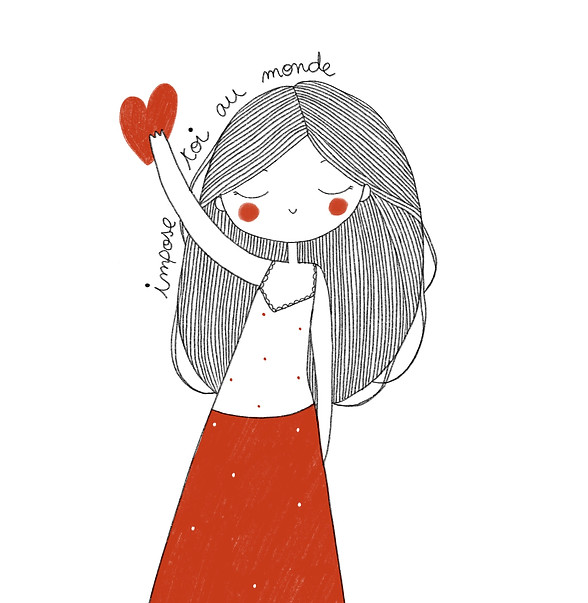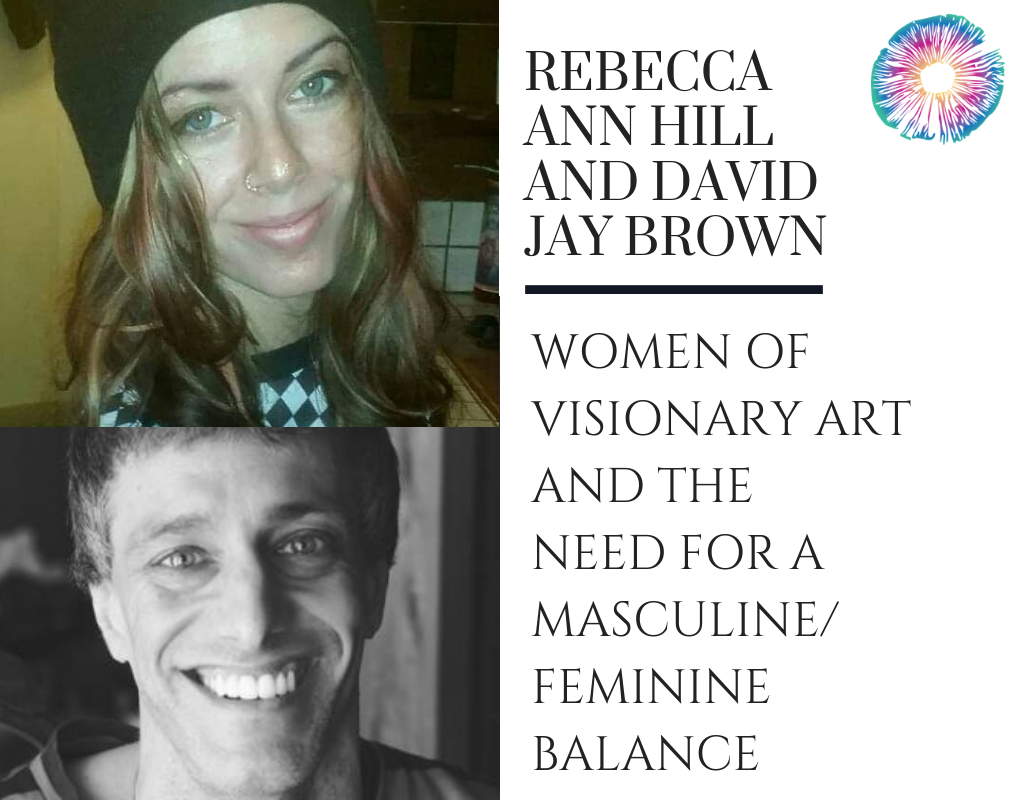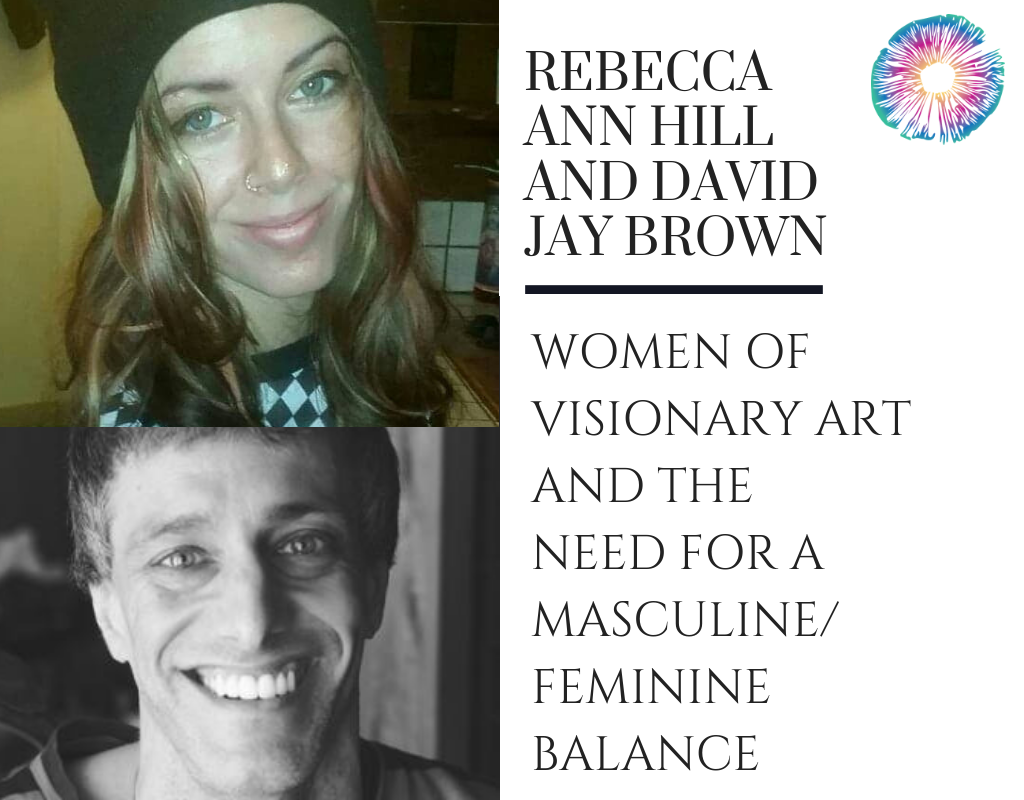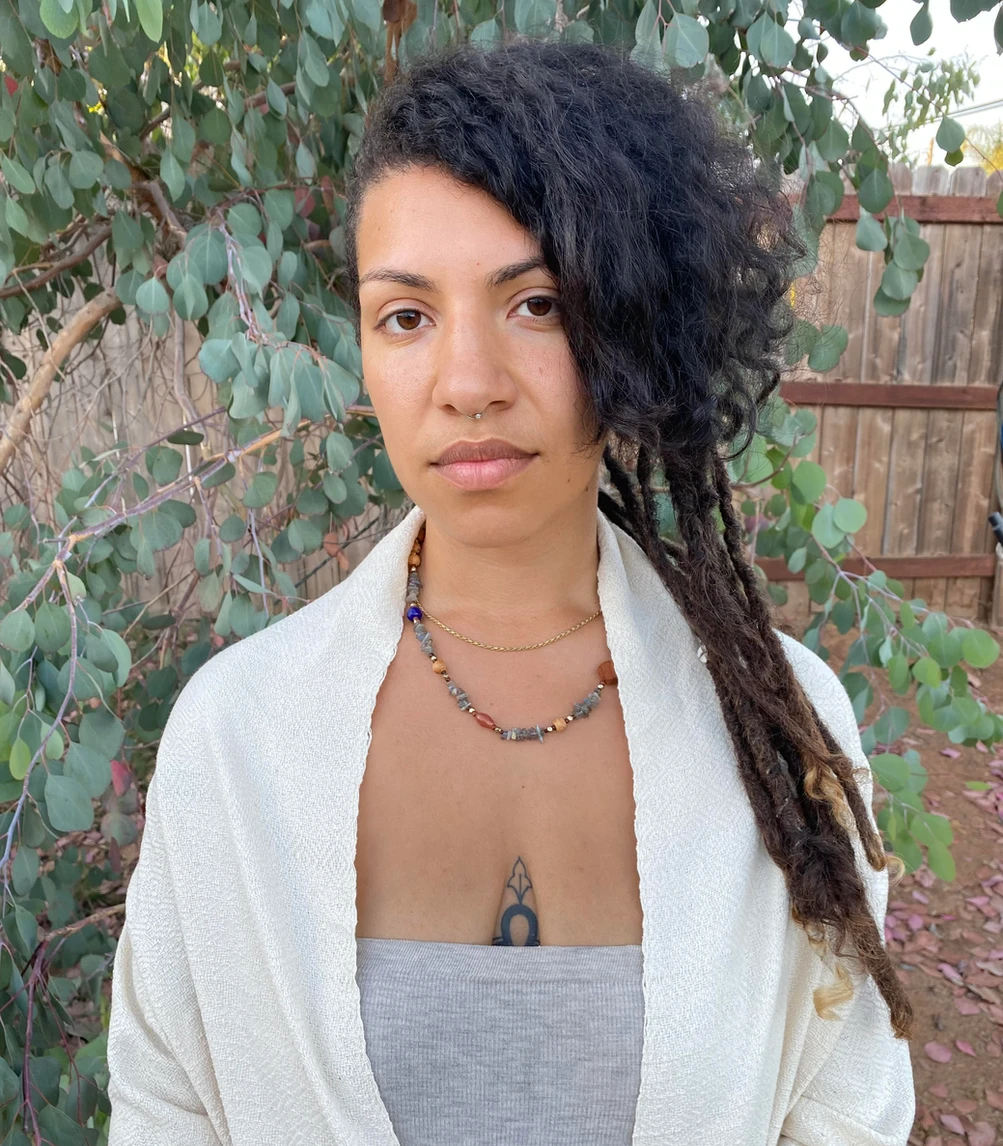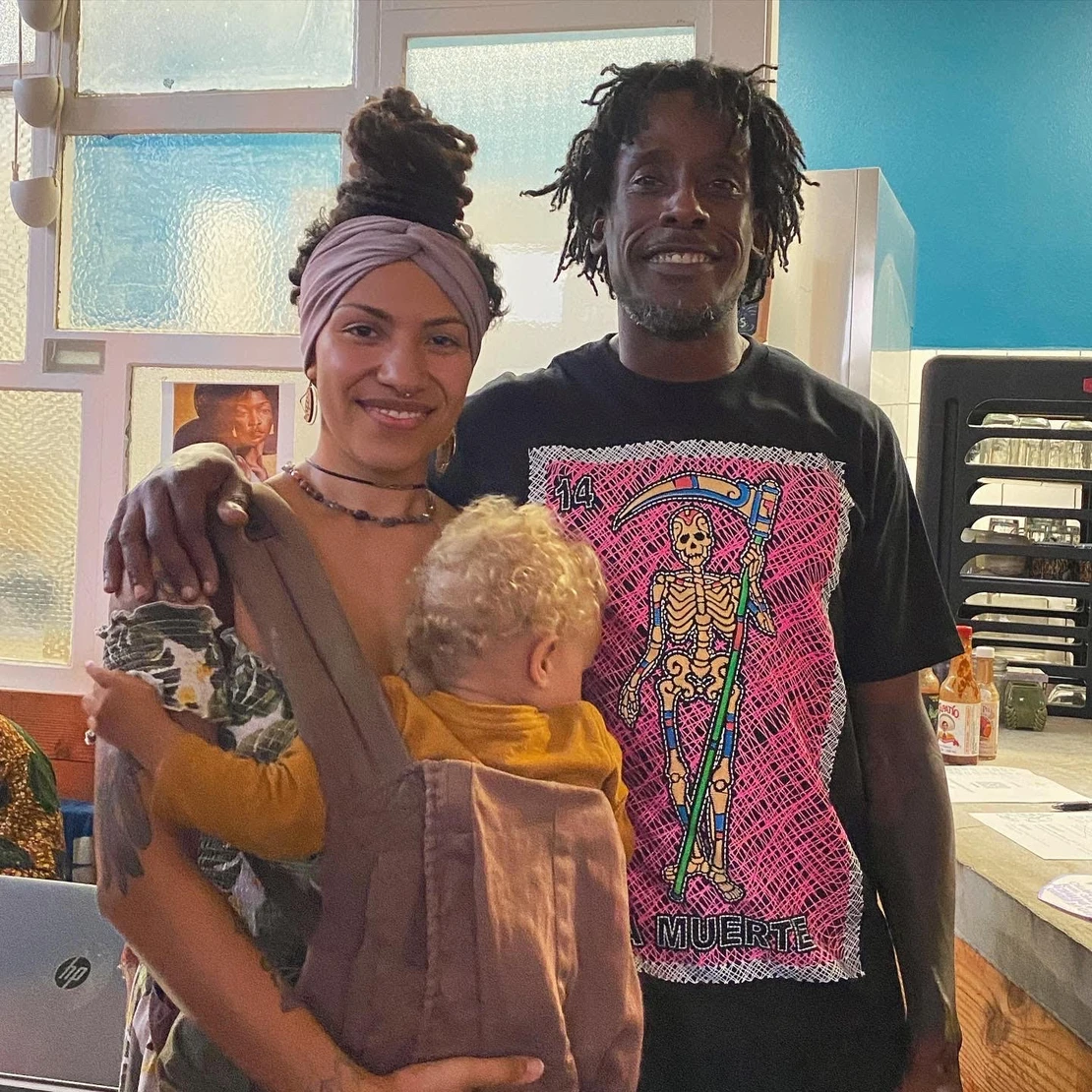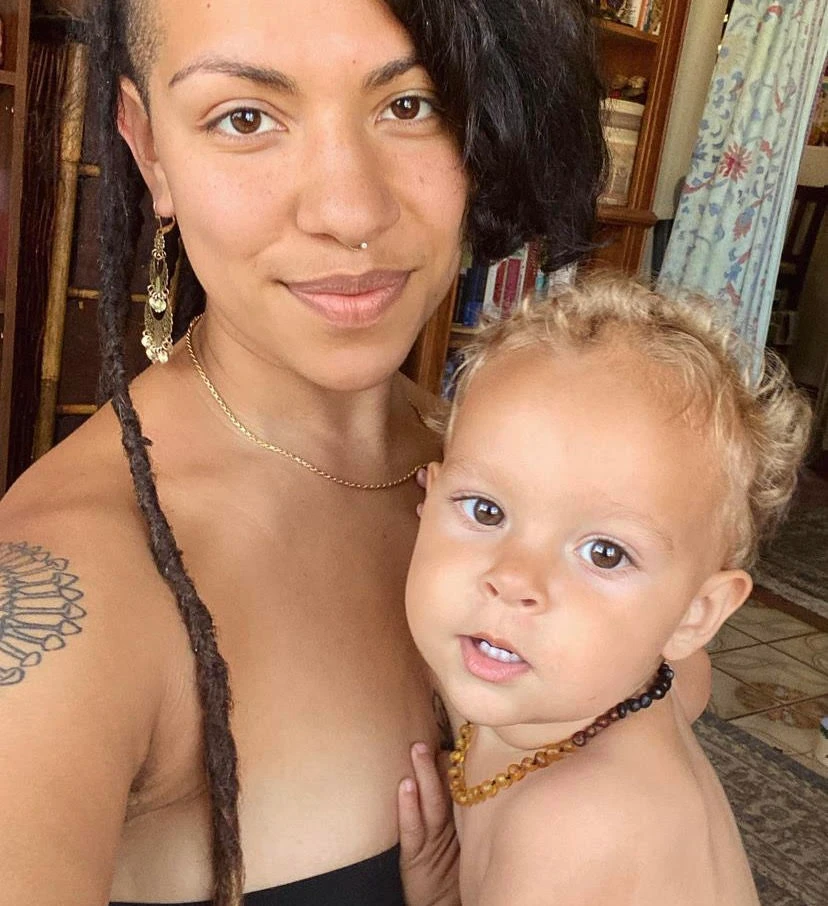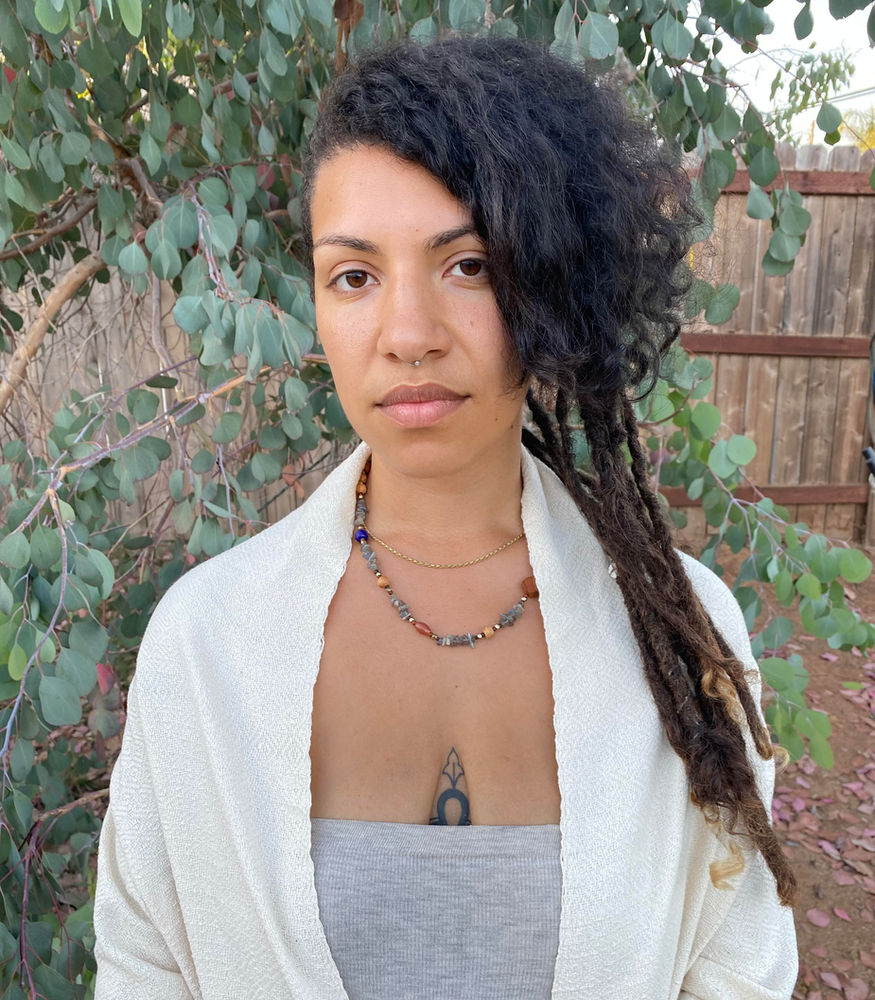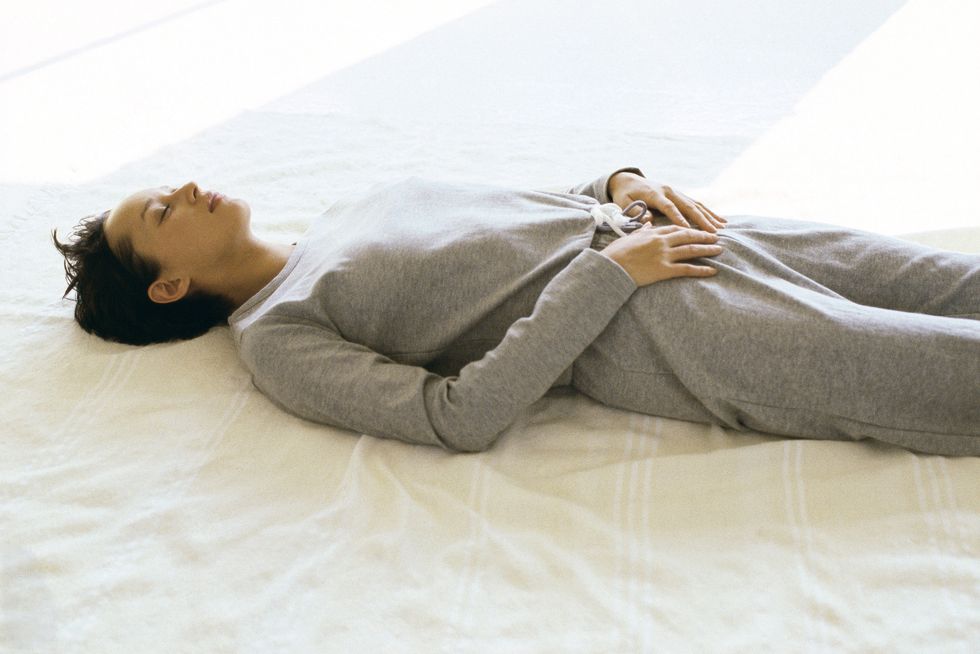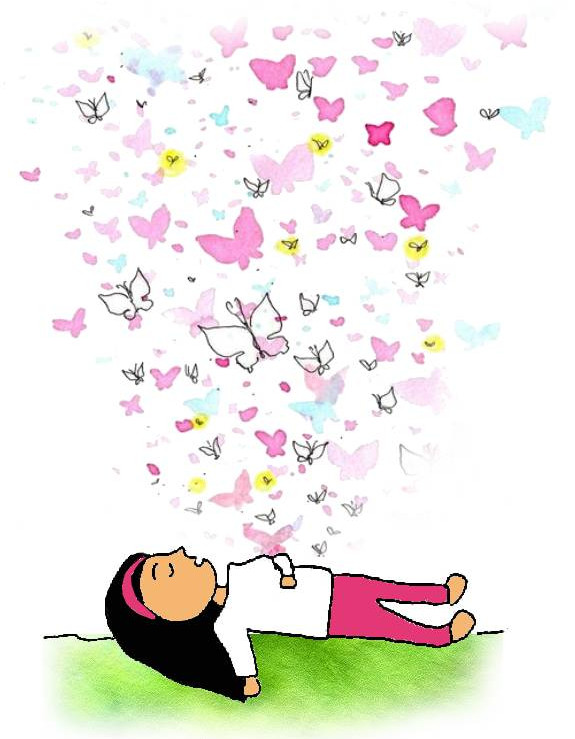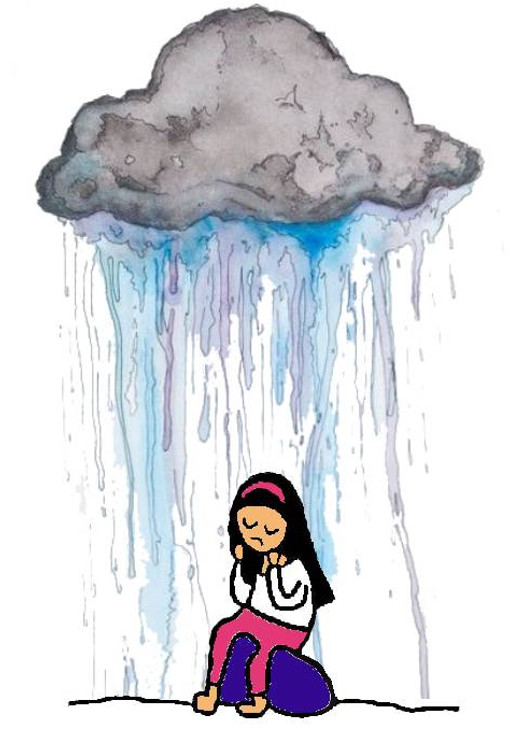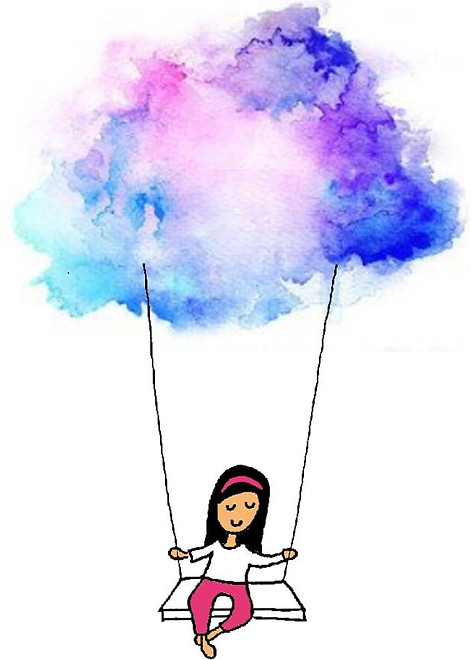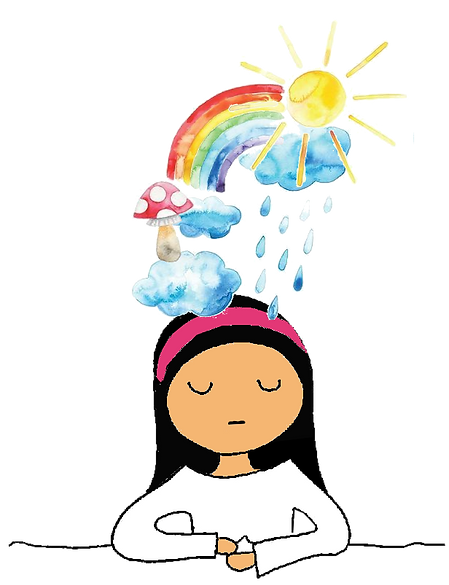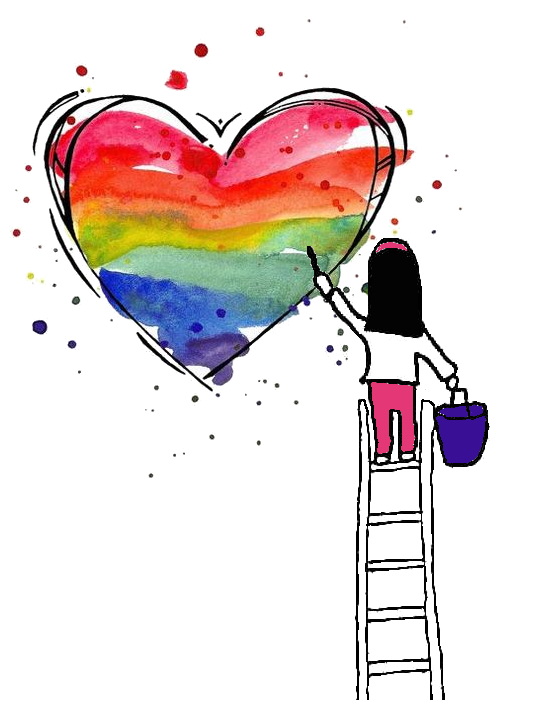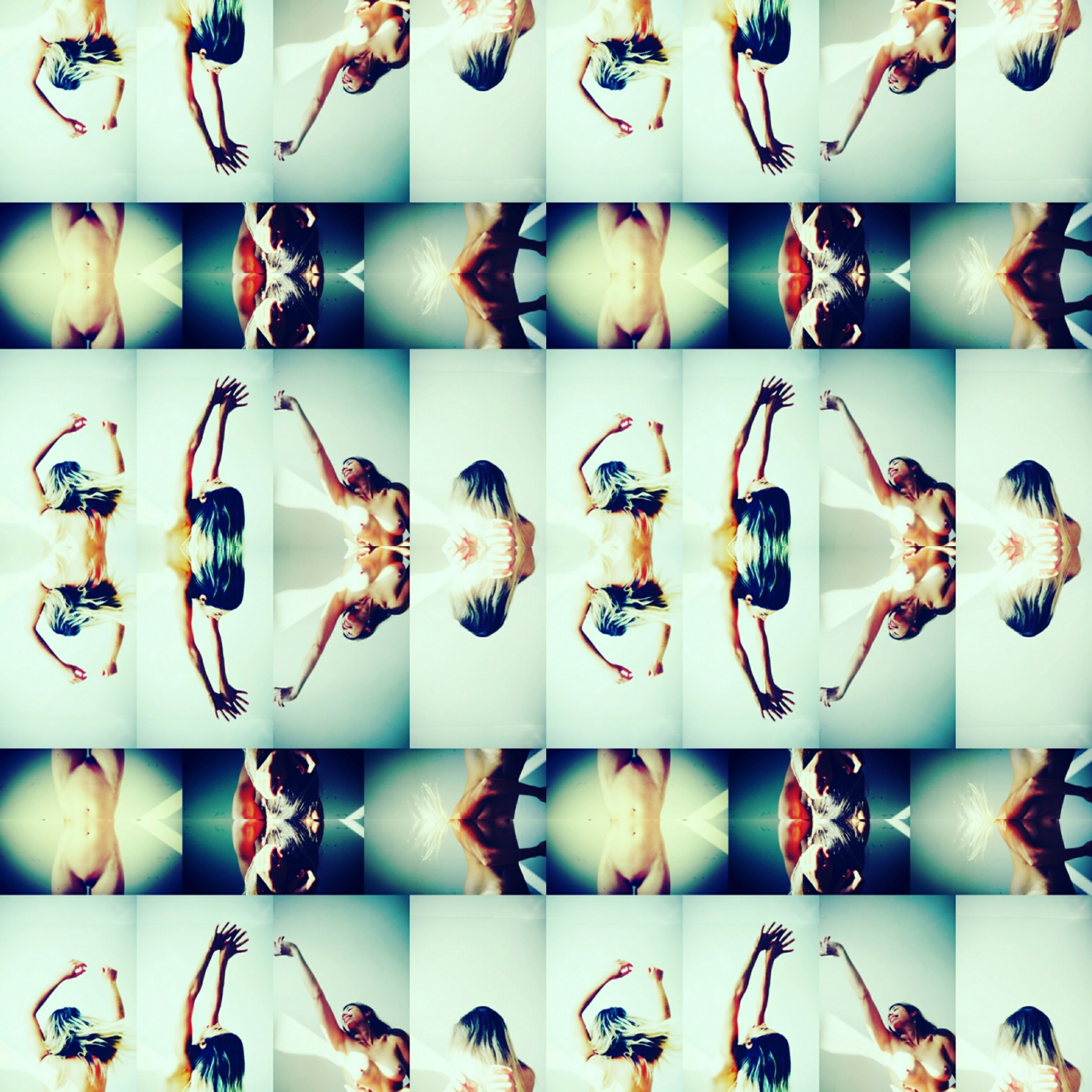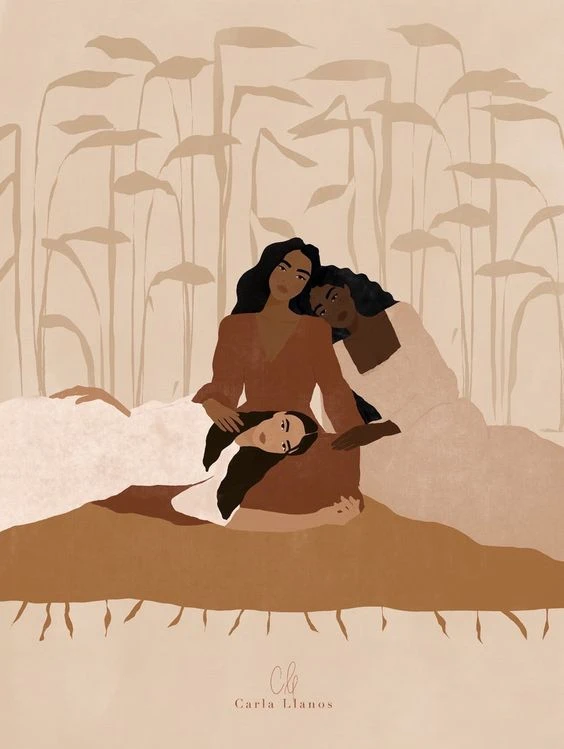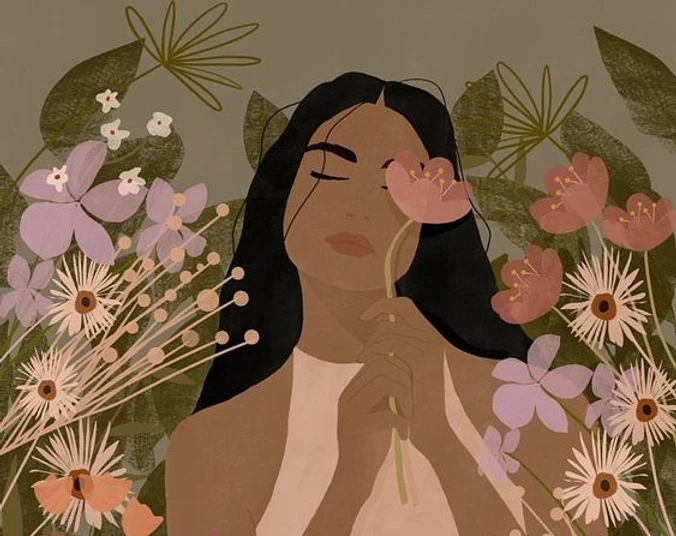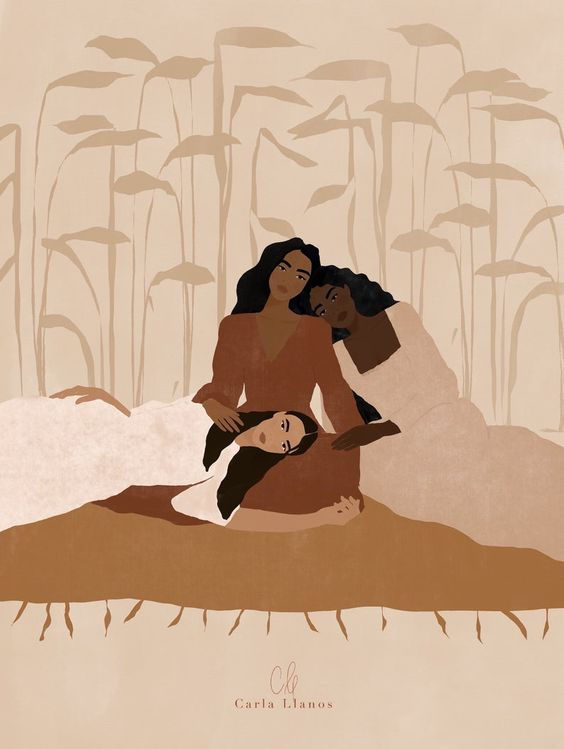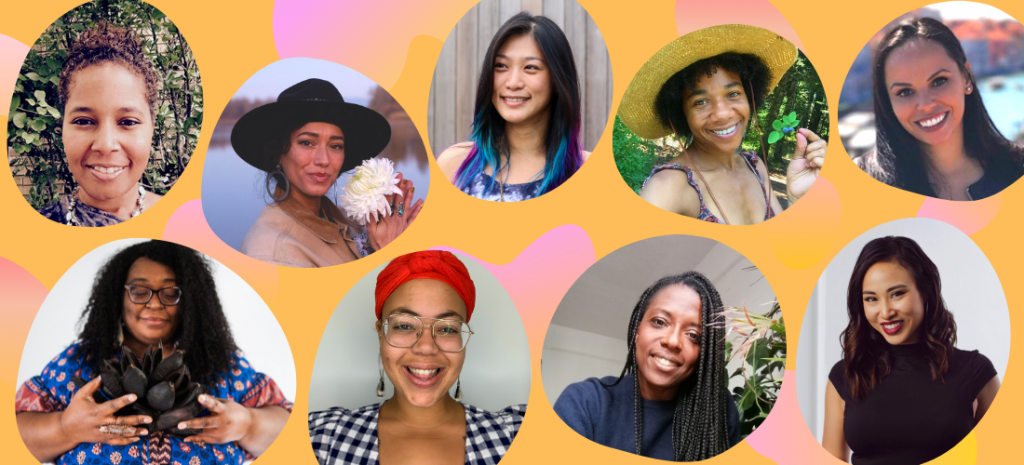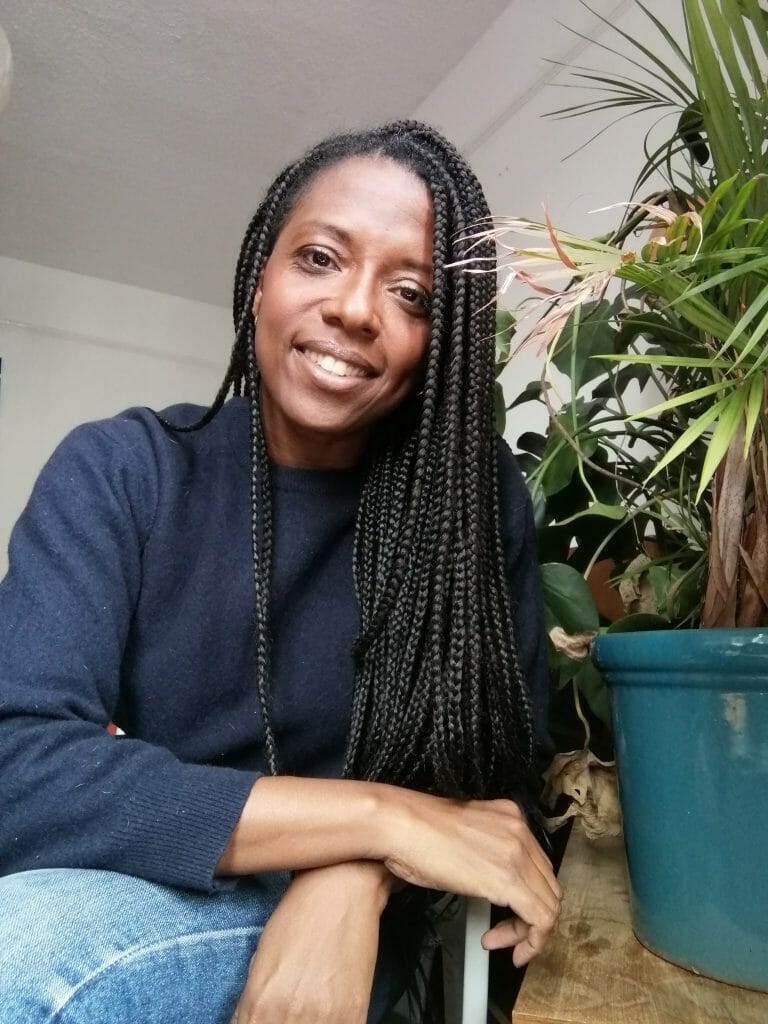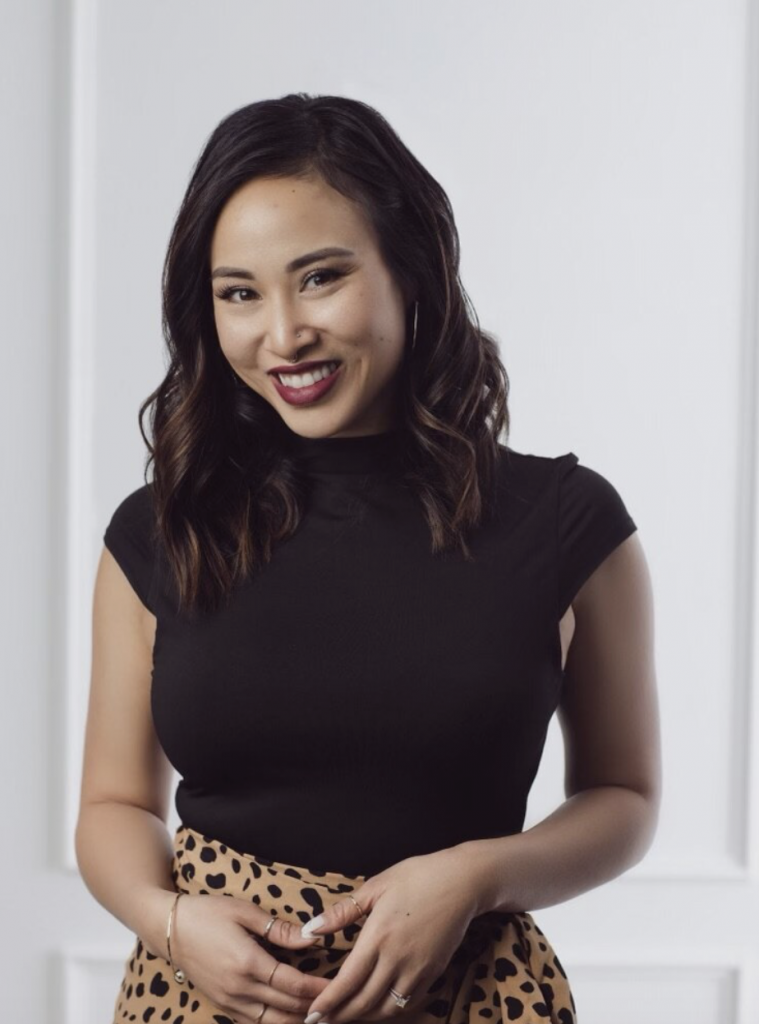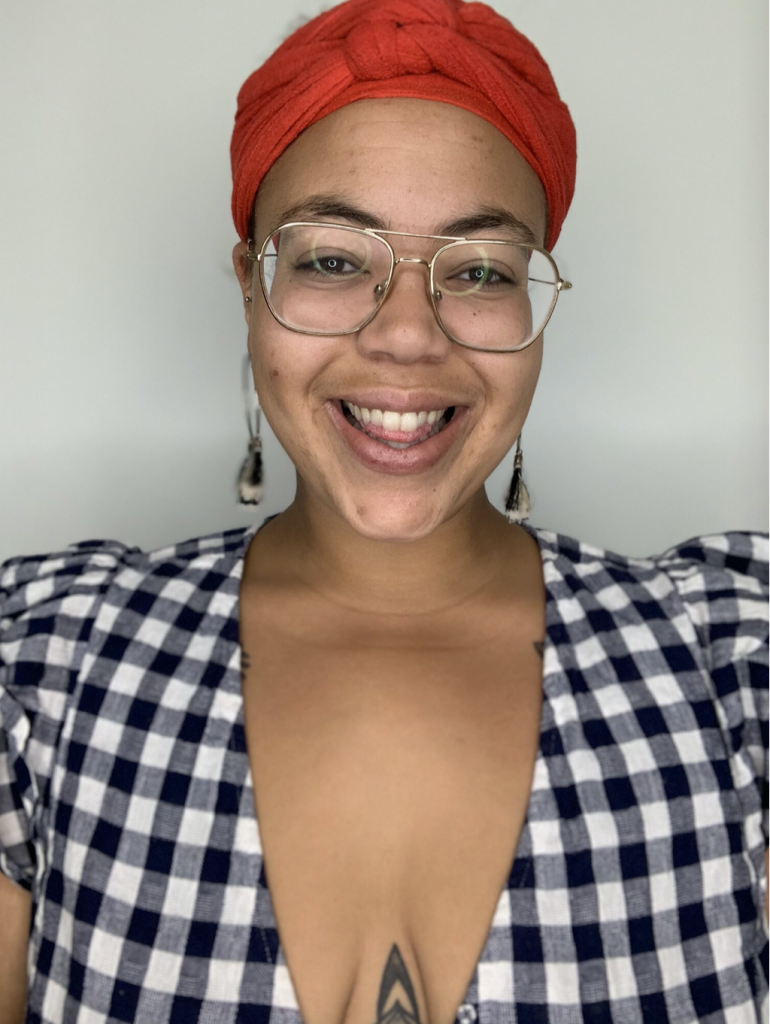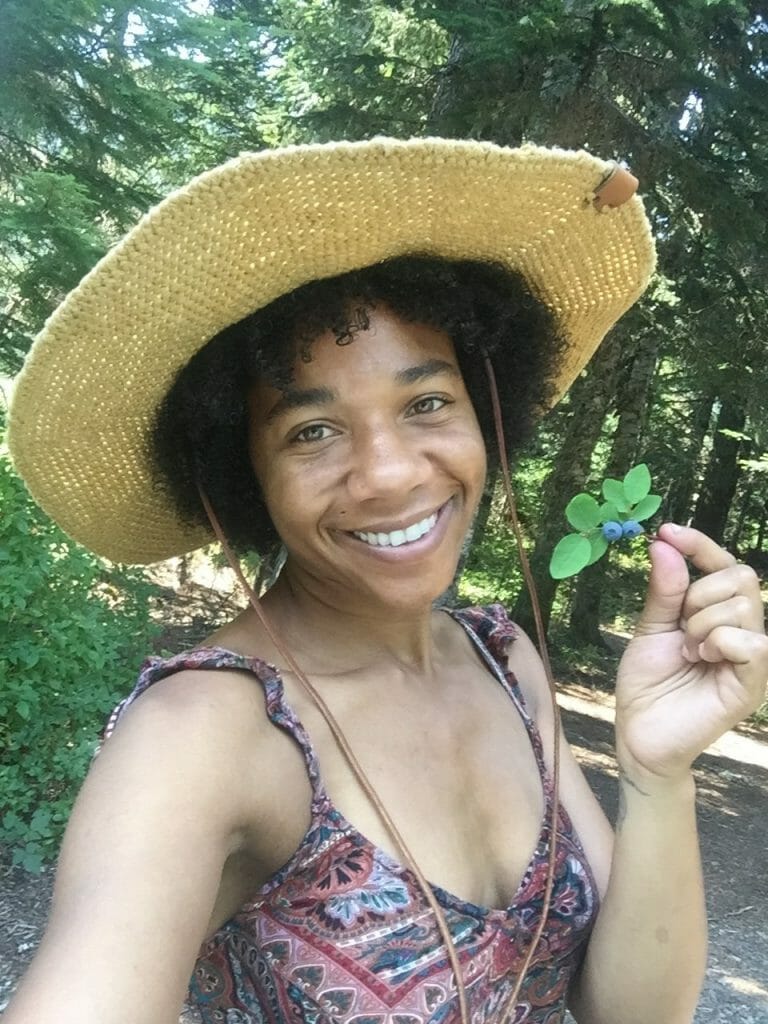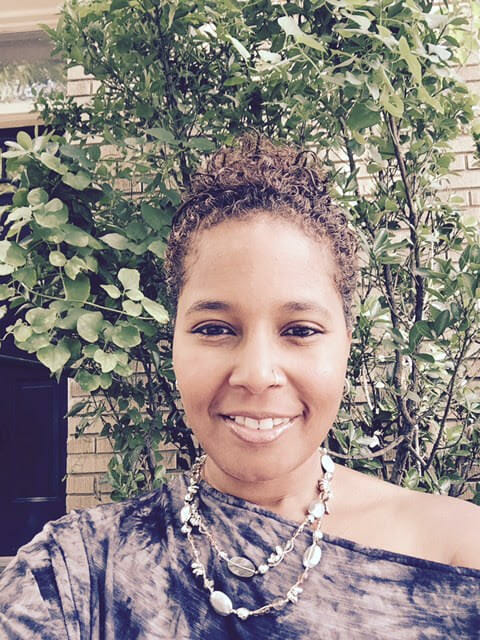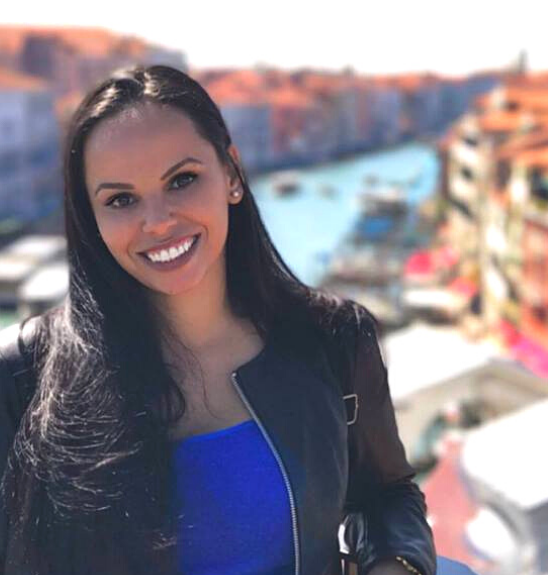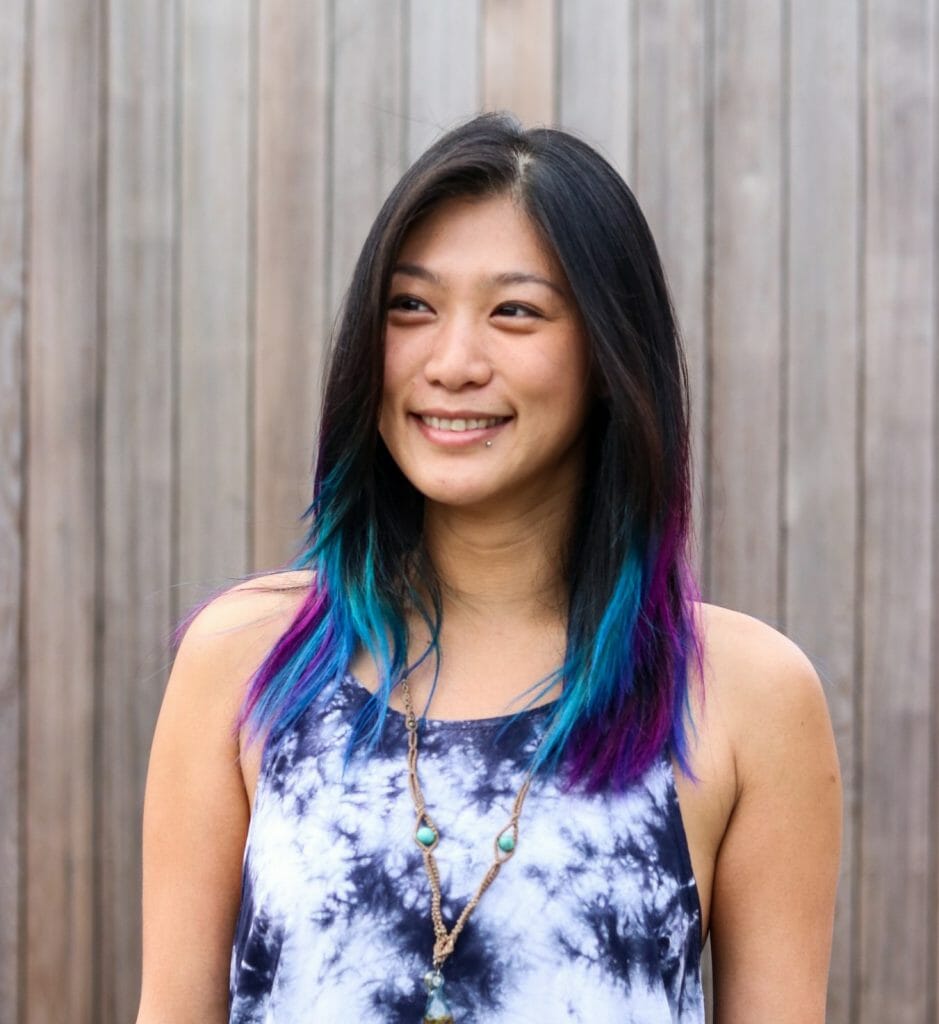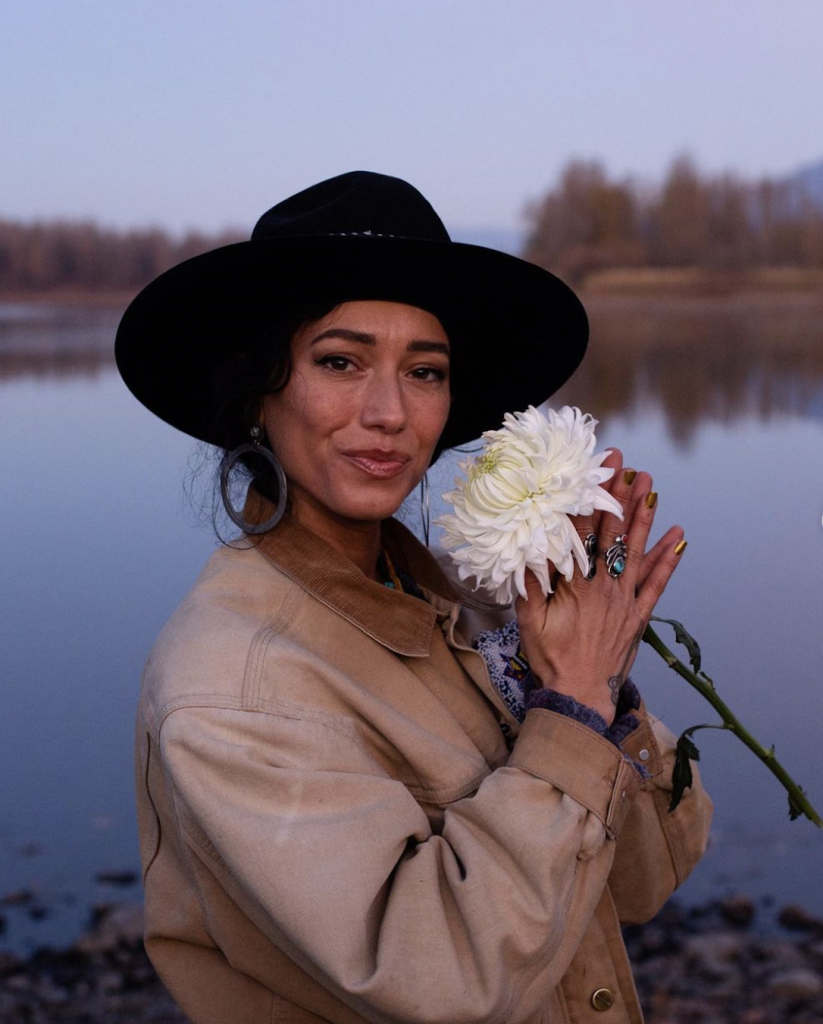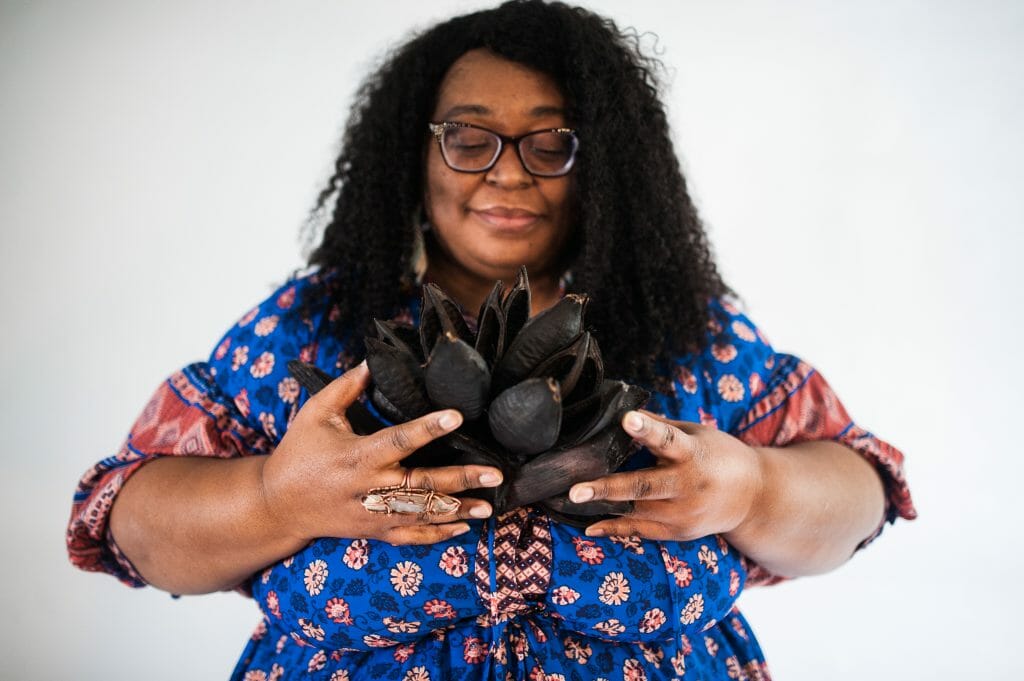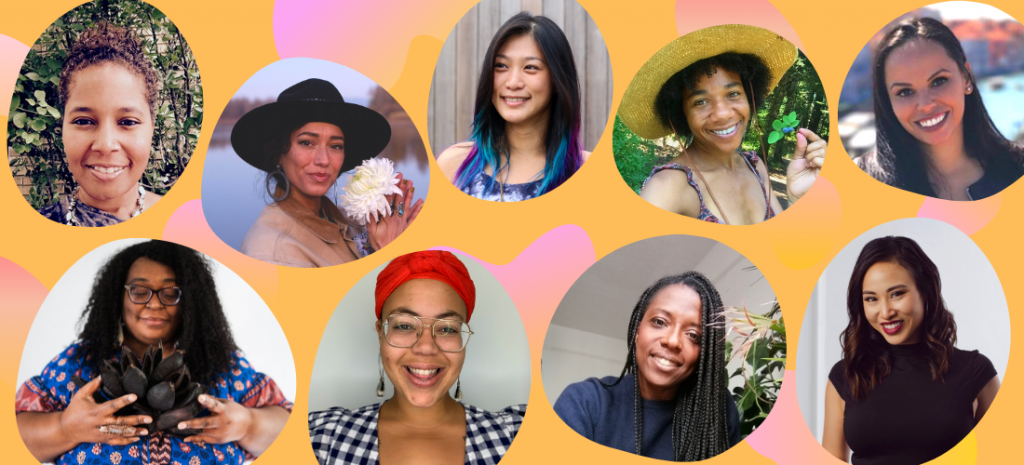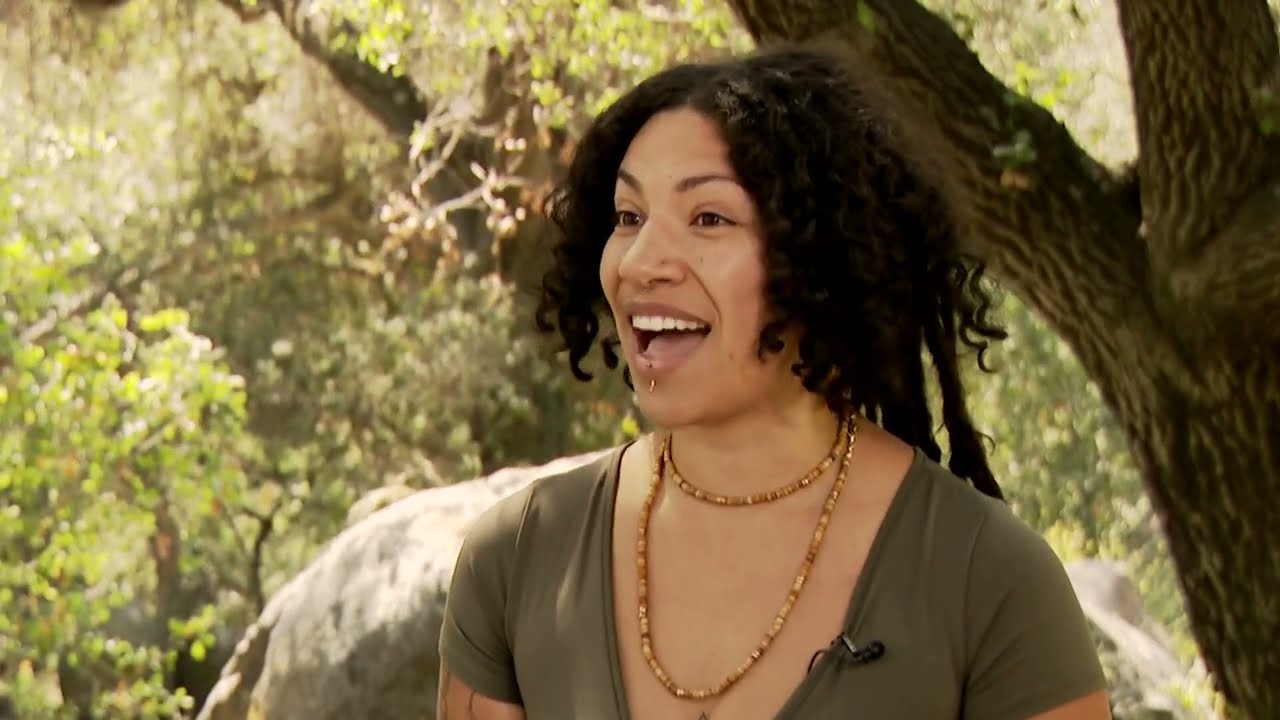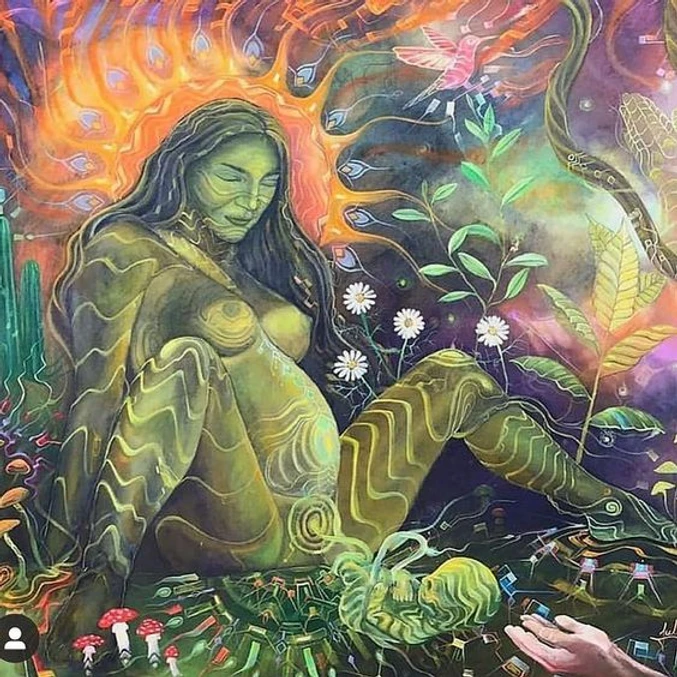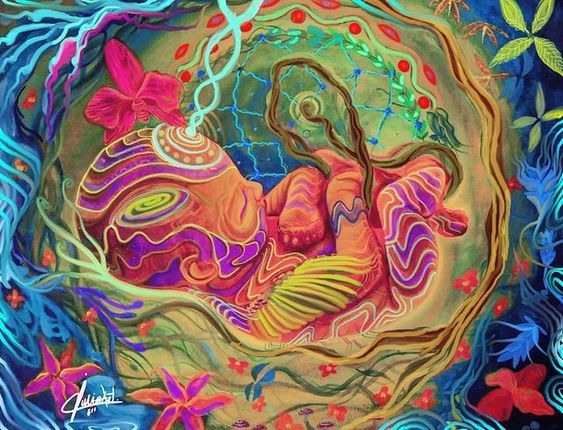mr peabody
Bluelight Crew
- Joined
- Aug 31, 2016
- Messages
- 5,714
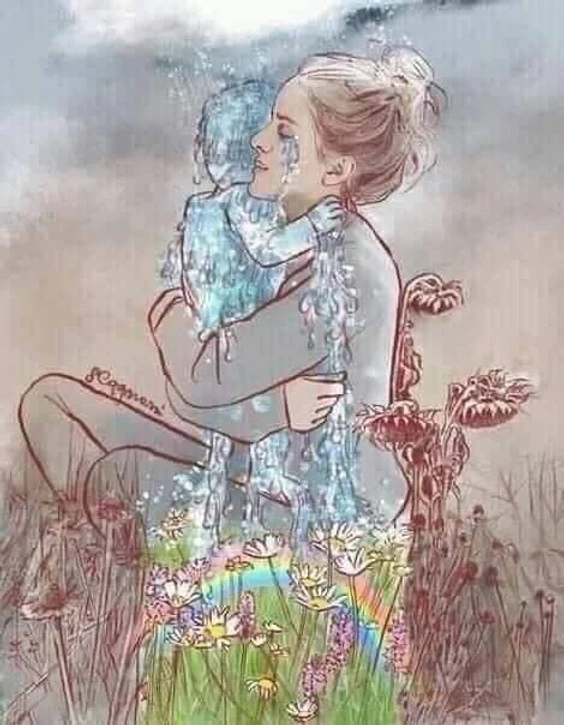
Angela Miller
by Rhea | Women On Psychedelics | 17 Dec 2021
My journey with Aya has been an ongoing one, having sat with her multiple times over the last four years. In the beginning, my intentions for sitting with her were ones of healing and forgiveness after a decade-long relationship with a highly abusive partner. But, the story I wanted to share with you now is not about that chapter in my life.
More recently, I turned to her again to help me navigate the path through immense grief and the heart-wrenching circumstances around the passing of my seventeen-year-old son Caleb. On June 30, 2019, I awoke to a police officer at my door. Moments later she would say the words that would alter the course of my life forever…”Your son was involved in a motor vehicle accident, and I’m so sorry ma’am but he didn’t make it.”
My world ceased to exist. My baby, my lifeblood, my joy, my reason for being. Gone. I crumbled to my knees and it felt as though my soul died right there with him. Six months later, bleary-eyed and rocked to the core by despair and inconceivable longing, I somehow found my way back to a medicine circle, where I sat with my son and received a transmission of love and understanding, and so much peace.
In the Quechua language, Aya is often referred to as “The Spirit Vine” or “Vine of the Dead.” Knowing this, I felt certain that she could be a bridge to the other dimension where my lost loved one now resides. With this hope in mind, I entered into the ceremony with one intention: To connect with my son in a tangible way. I wanted to FEEl him. I wanted to HEAR his voice. I wanted to be enveloped in the frequency of what he IS now so I could know with certainty that he was still existing somehow.
I have been interested in the metaphysical world since I was a young girl, which carried forward into my adult life. I spent many hours studying about energy, doing energy work, and had done extensive research on the topics of NDE’s (Near Death Experiences) and the afterlife, quantum entanglement and past lives.
Yet, after my son passed, everything I thought I knew about all of that, became obsolete. It felt as though there was no salve strong enough to help me find my bearings. I realized that it was not just the physical person I was saying goodbye to, but every idea that I thought I held as truth. Death is a curious thing. There is so much one must learn to let go of, and yet, so much more to hold onto.
When I decided to go in ceremony again, there were people who cared for me who thought maybe it wasn’t a good idea. Not the right time. I needed tenderness not tough love. I heard them say things like, “Isn’t it going to be hard on you, the puking and sitting with your shadow side?” or “Are you sure this is what you want right now, it might be a tough go?” But I was determined to do it. I trusted that somehow the medicine would help me to find a way to cope with the parts of me that were screaming for mercy.
That first night when I shared my intentions with the group, most of which I had never met, I felt so raw, and so open, and ready to receive whatever it was that she wanted to show me. I drank my first cup and waited. The icaros began, and slowly but surely, I felt her moving through me like a snake, writhing and flowing through every fiber of my being. She was holding me and nurturing me from the inside out.
I was transported to a time long ago, sitting on animal skins, listening to the sound of voices singing around an ancient fire. It felt like home. I looked down and saw my son laying in my arms, maybe three years old. I felt the softness of his cheeks as I caressed them. I felt his dark hair wrapped around my fingers as he slept soundly in my lap. He was indeed there with me. As I looked around the fire, I saw the faces of my ancestors, and the faces of my family and partner.
We were all together again in this place. Whole. Healed. Loved. Our Spirits alive and coursing with the energy of wisdom from long ago. They were here to comfort me, and to show me that I was not alone on this journey. I was being held by the hands of many, lifting me up when I could not stand on my own.
Before I knew it, my turn to sit with the shaman arrived. She reached for my hands and blew aqua de florida into them, clearing and readying me to receive the gifts of the medicine song. It was intoxicatingly beautiful, fragrant, and clean. She began to sing to me and I was transported yet again.
I looked to my right and saw my son’s friend who had also passed in the accident with him. I had never met her before, but she was there, sitting beside me, drawing flowers in a sketchbook as if to show me that she was okay, at peace. I later spoke to her mother who shared with me that it was one of their favorite past times. Later that week, she would send me a picture of the flowers that were her daughter's signature sketch, and indeed they were the same as what she had shown me that night…
Looking to my left, I could see the outline of my son’s form. The shape of his energy field was vibrating at such a high frequency that it made me gasp. It was violet and gold The tears began to pour and the feelings of the powerful love we shared filled me to the brim. His energy moved behind me, and I could feel the warmth of his hands on my back, encouraging me and helping me to be brave. I could hear his voice whisper to me, “Keep going mama, you got this. I am so proud of you. I will never leave you.”
I wept for him, for myself, and for the thousands of childless mothers. I could feel their Spirits surrounding me in grace. At that moment, I knew I had touched the place where all the pieces of me could come back together. A remembering of where we came from, and of where we will return to. I found healing there, held in the arms of the Mother and all the mothers who came before me, arms big enough to hold the vastness of this bittersweet pain.
Since that night I have had many difficult days, and I am certain there will be many more to come, but there is something so powerful that takes place within my heart and my body when I recall that ceremony. It’s almost as if I can pierce through the veil that seemingly separates us. The illusion of death is severed, if but for a moment, and I can hear my son’s voice telling me that the wisdom of the heart never lies. We are still together in that place of pure love and divine nurturing, and it is closer than what our human bodies can comprehend.
And so, on the days that feel so unbearable, I can close my eyes and recall the feeling of the comfort found in the arms of the ultimate Mother, and a lasting experience full of valuable lessons to carry with me as I continue on this curious path.
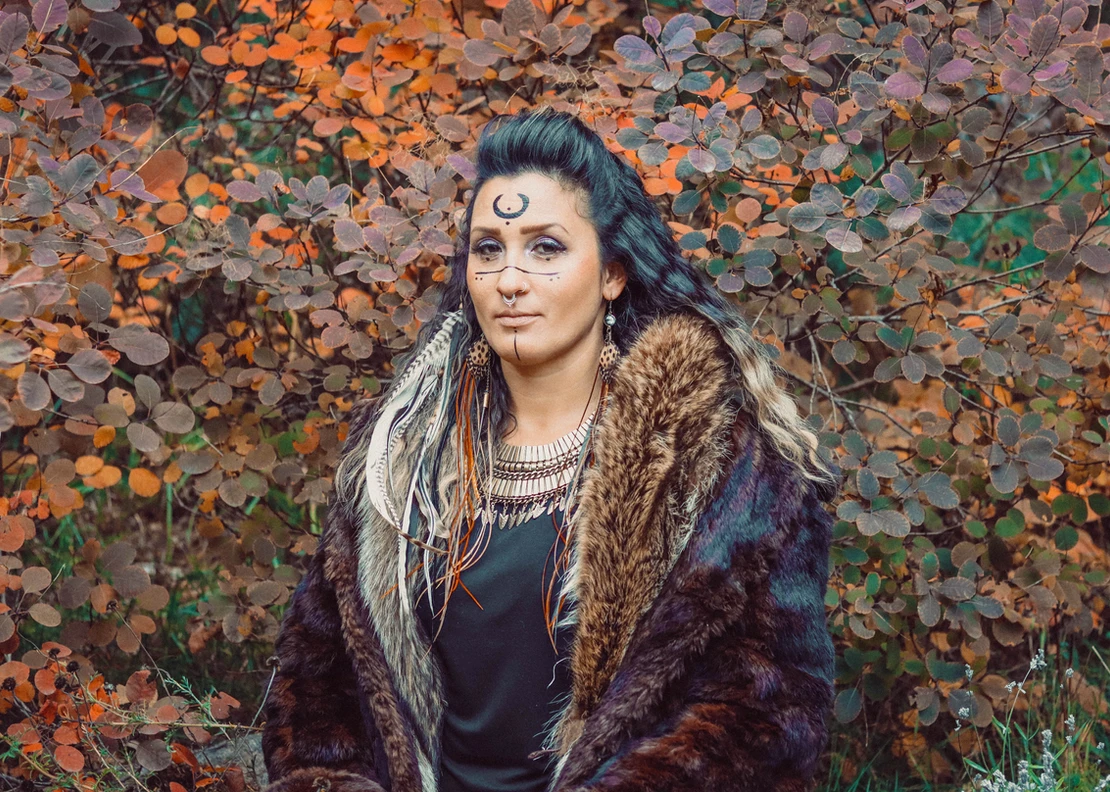
About the Author: Rhea has laid down roots in British Columbia, in a small community on the beautiful Shuswap River where she lives with her fiance and two dogs. Although she wears many "hats", her primary interests are centered around writing, studying Metaphysics and Dreamwork, and exploring the integration of the ancient wisdom of plant medicines and psychedelics with the current times. She has studied under MAPS and Dr. Gabor Matè, and is currently taking some time off from working to revamp her offerings to her community. Rhea is a self-proclaimed mystic and bookworm, and when she isn't conjuring up magik, or holding sessions for clients, she can be found wandering in the forest around her home with her dogs Lily and Sol.
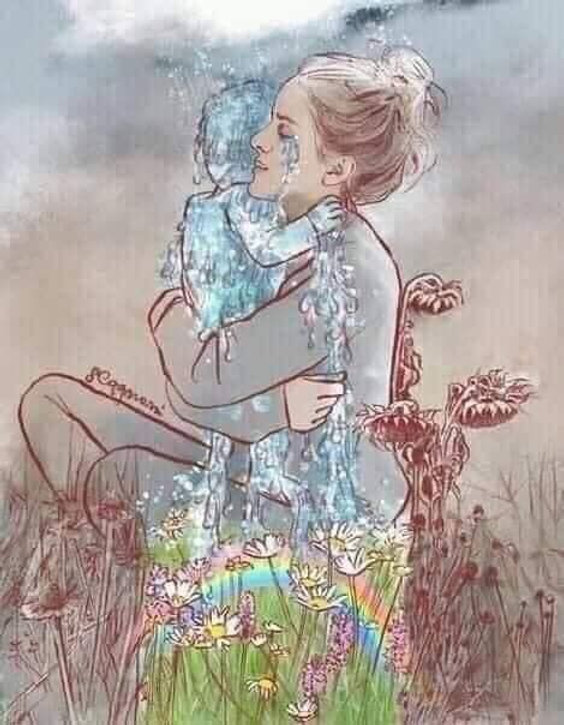
Beautifully Broken: How Ayahuasca Helped Me Find Meaning After Loss
My journey with Aya has been an ongoing one, having sat with her multiple times over the last four years. In the beginning, my intentions for sitting with her were ones of healing and forgiveness after a decade-long relationship with a highly abusive partner. But, the story I wanted to share...
 www.womenonpsychedelics.org
www.womenonpsychedelics.org

